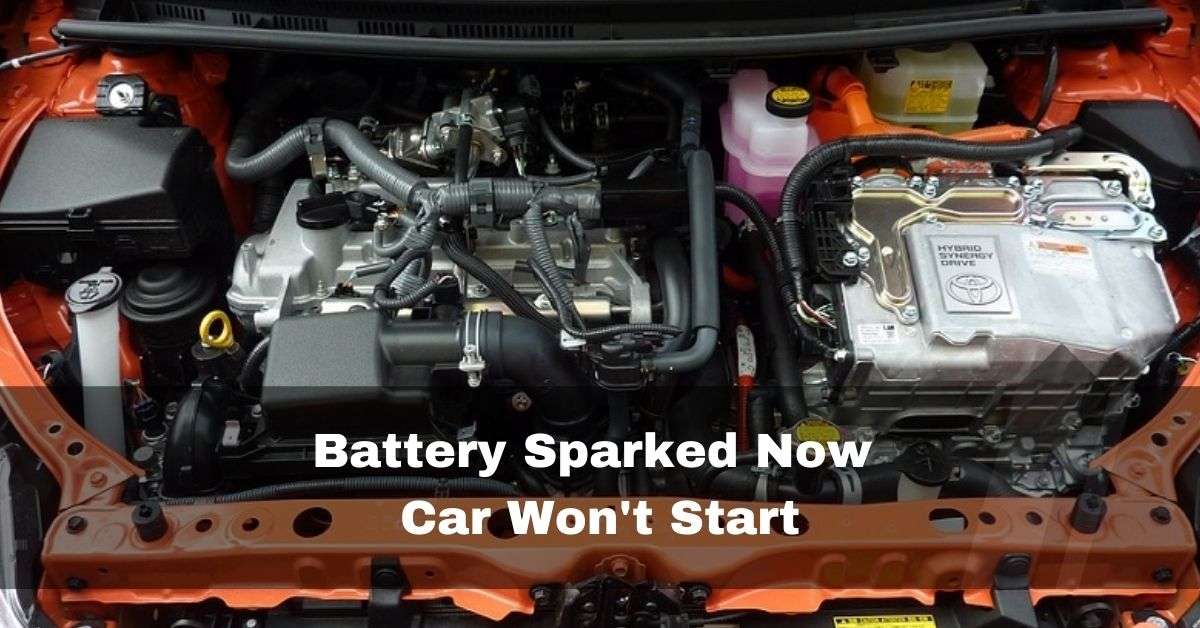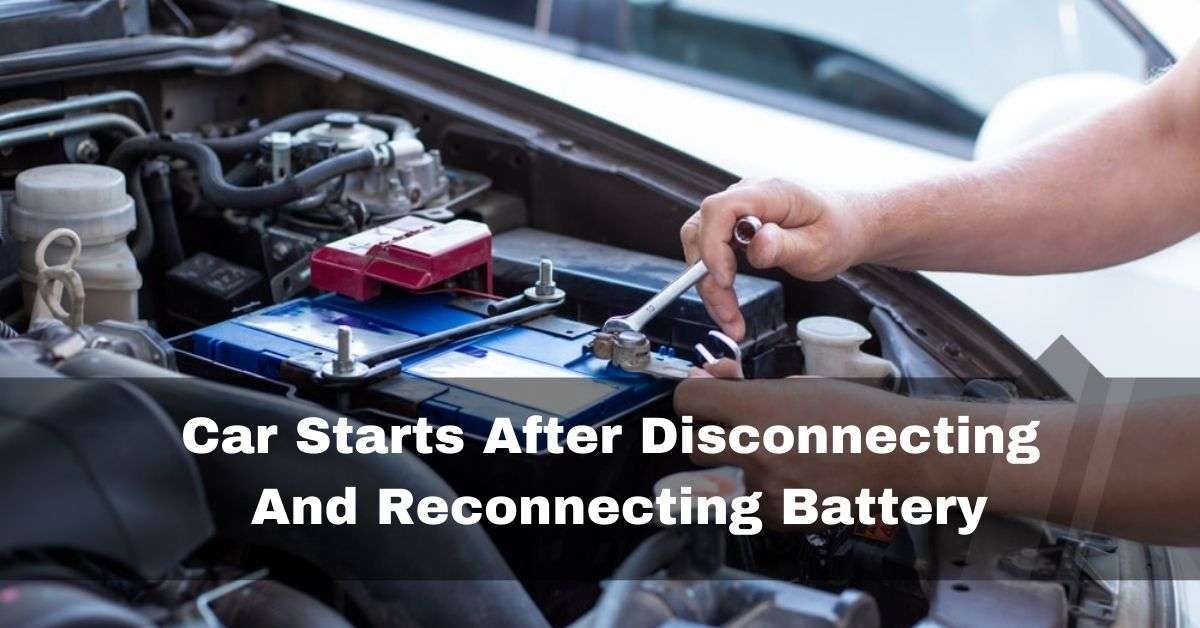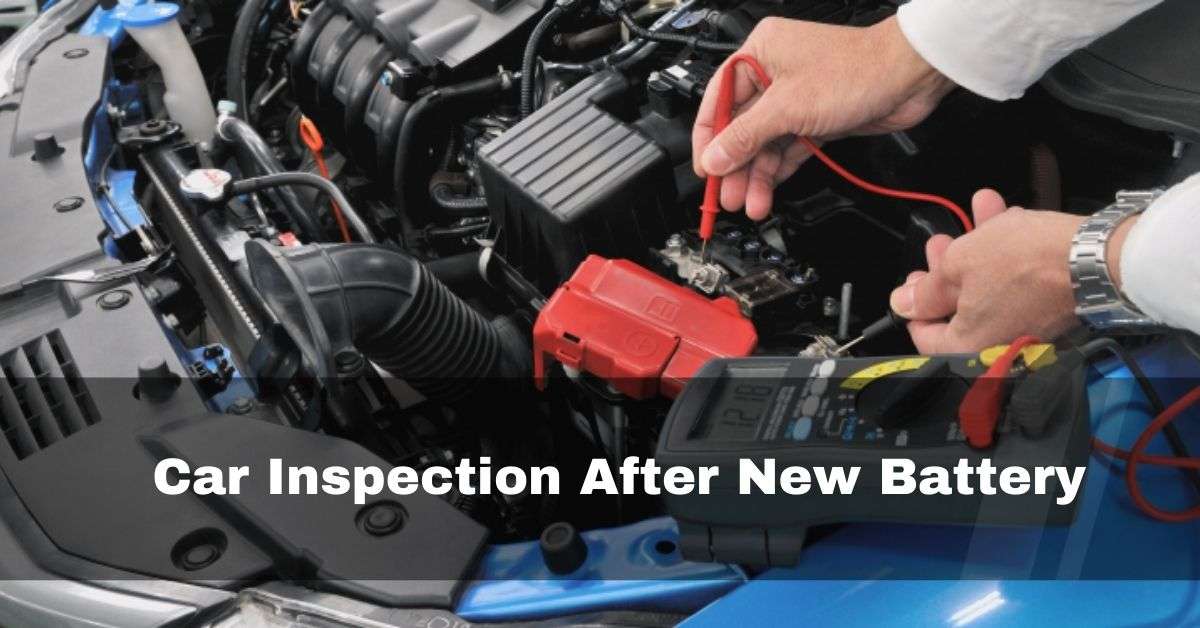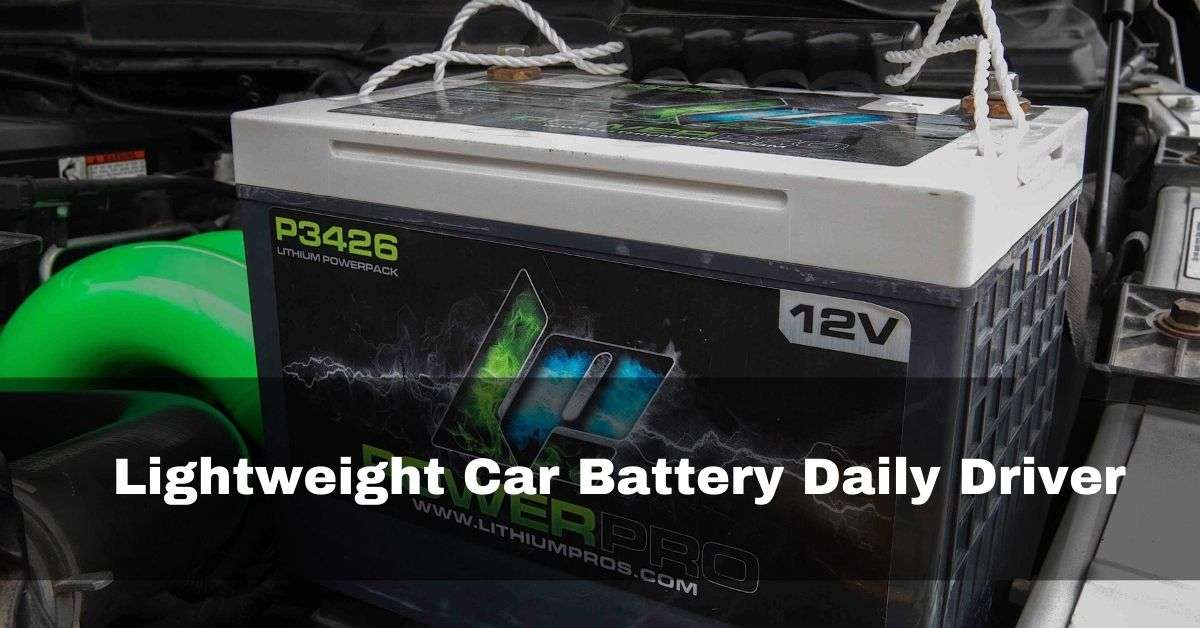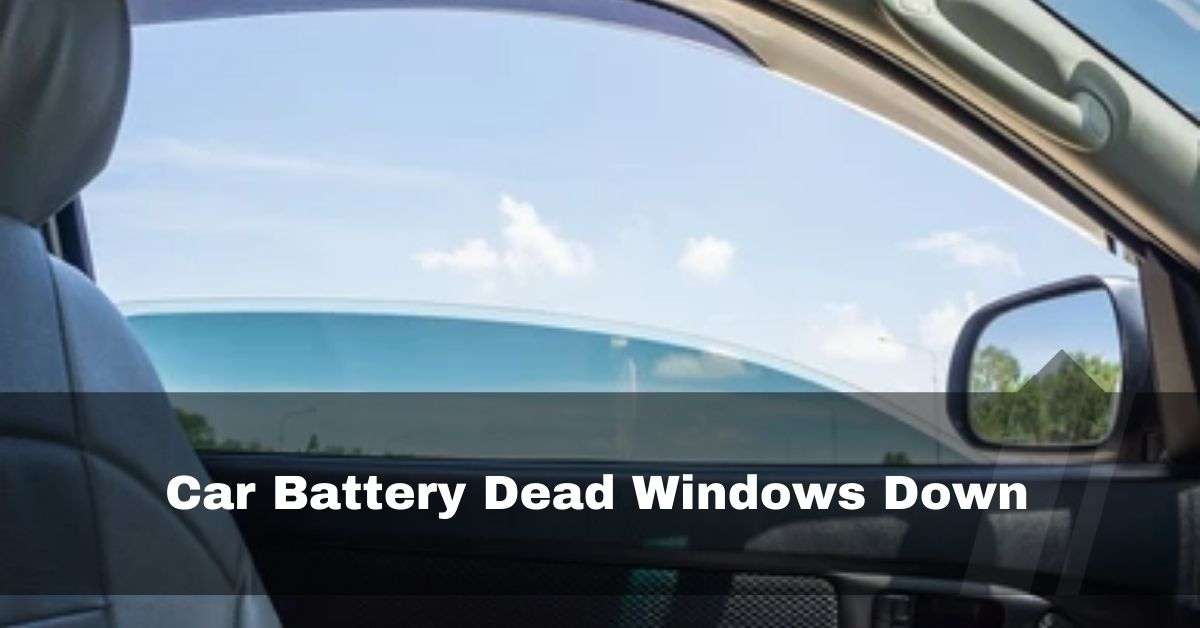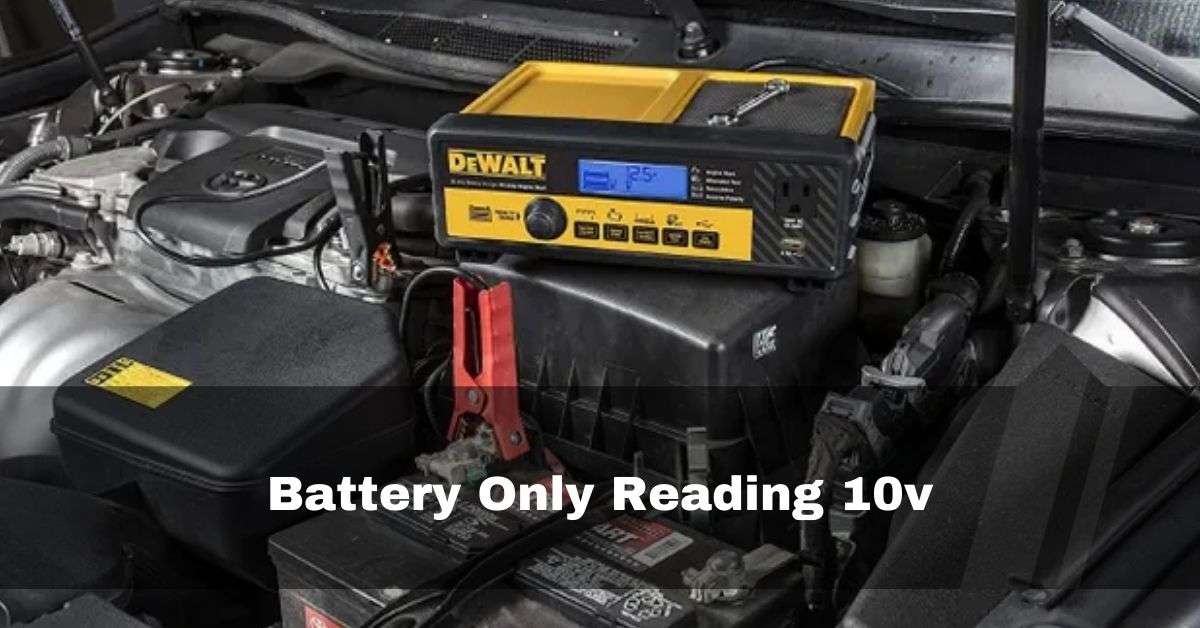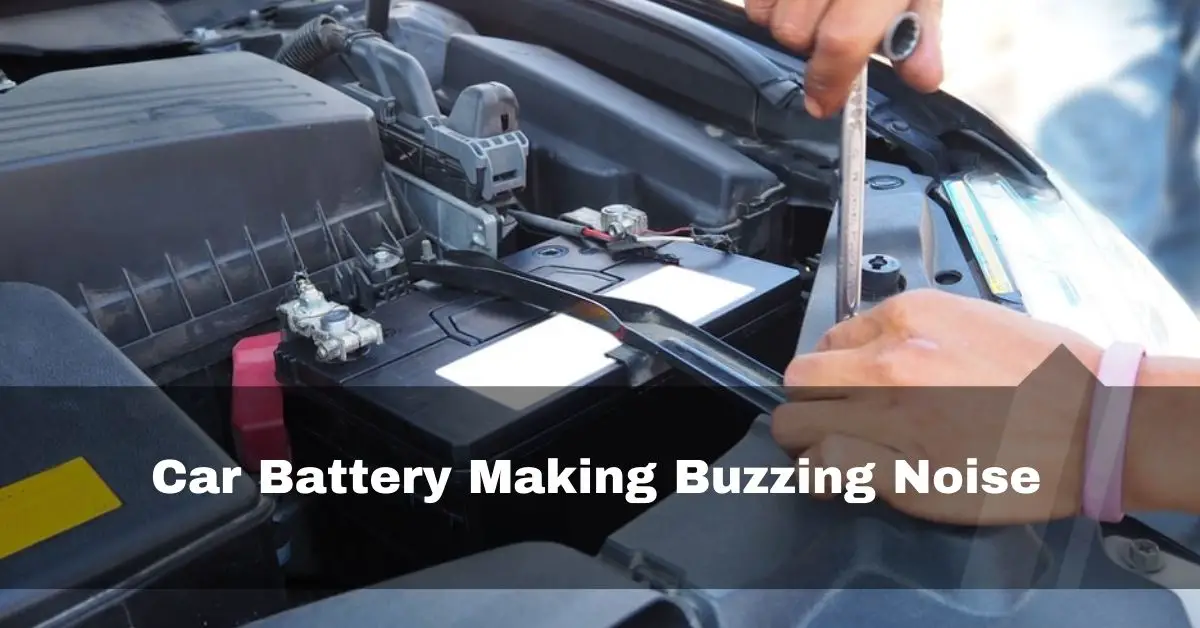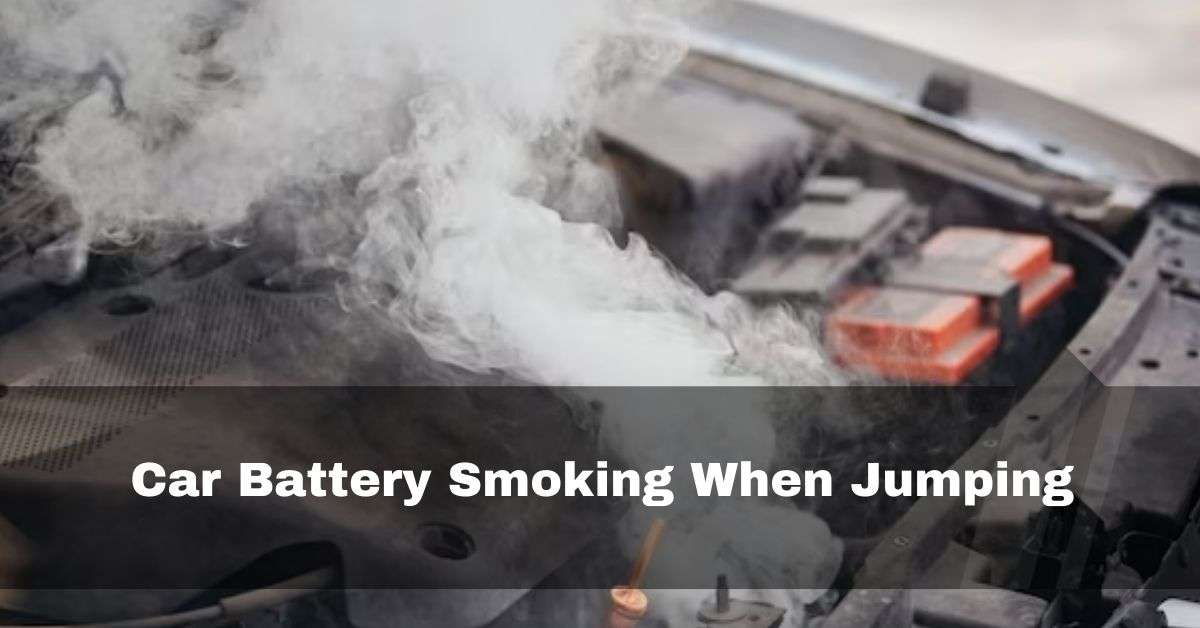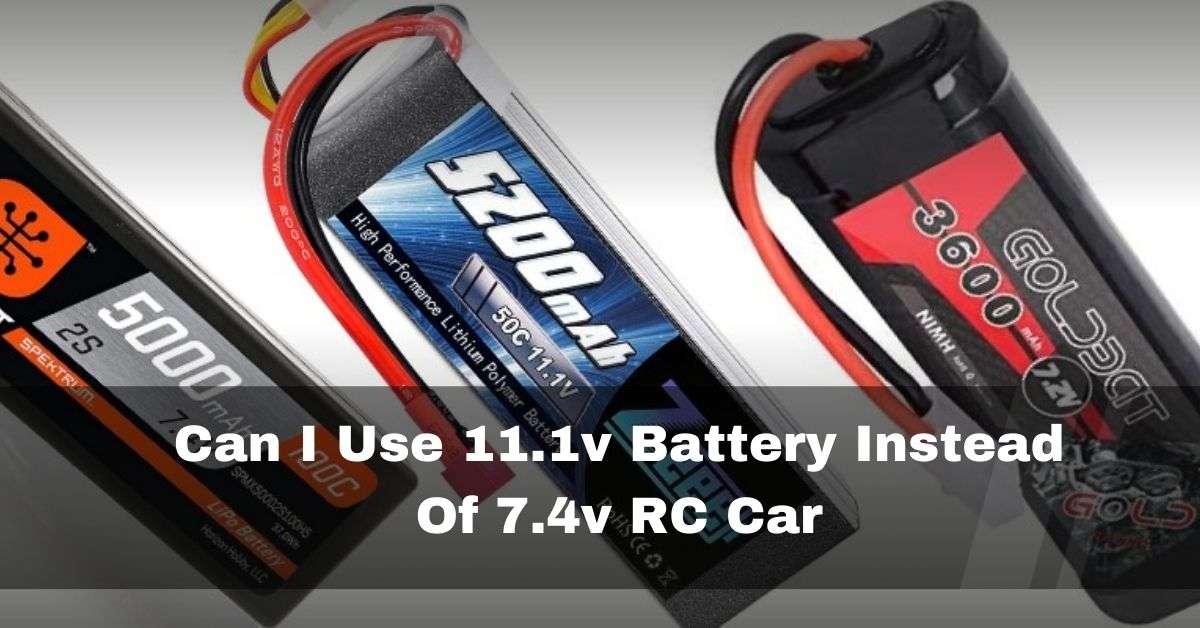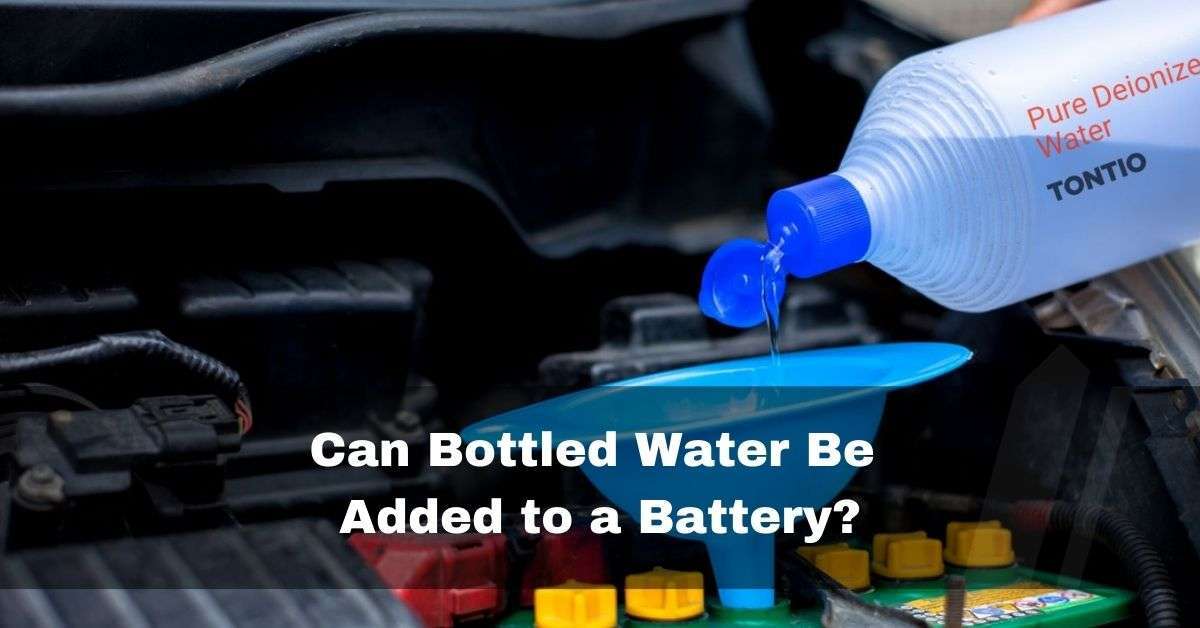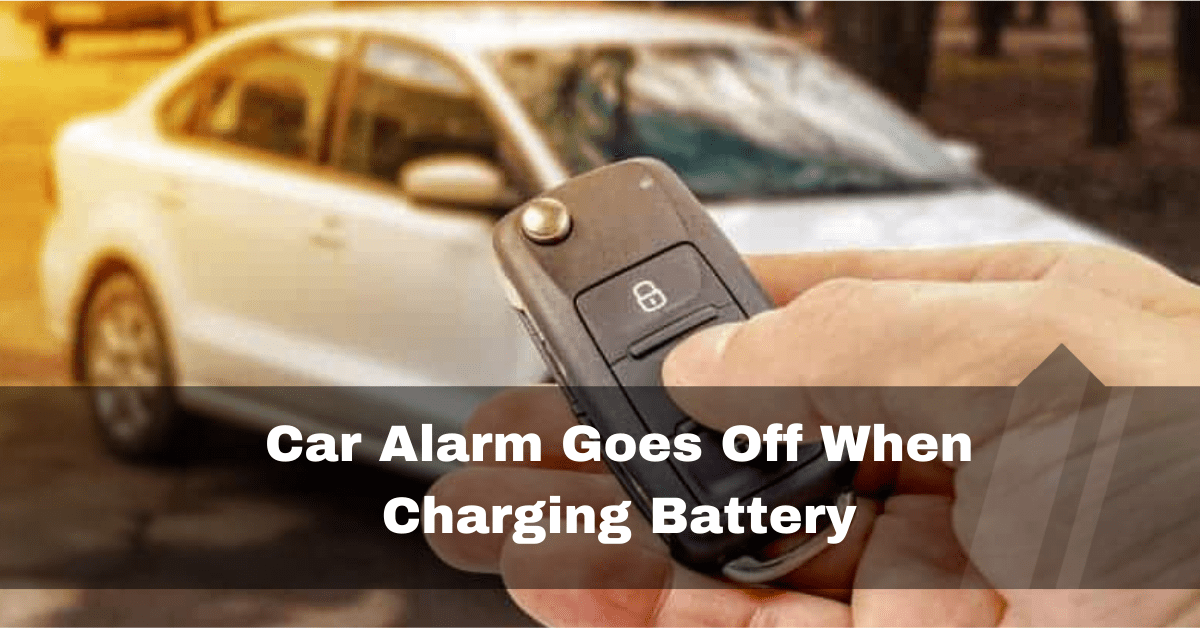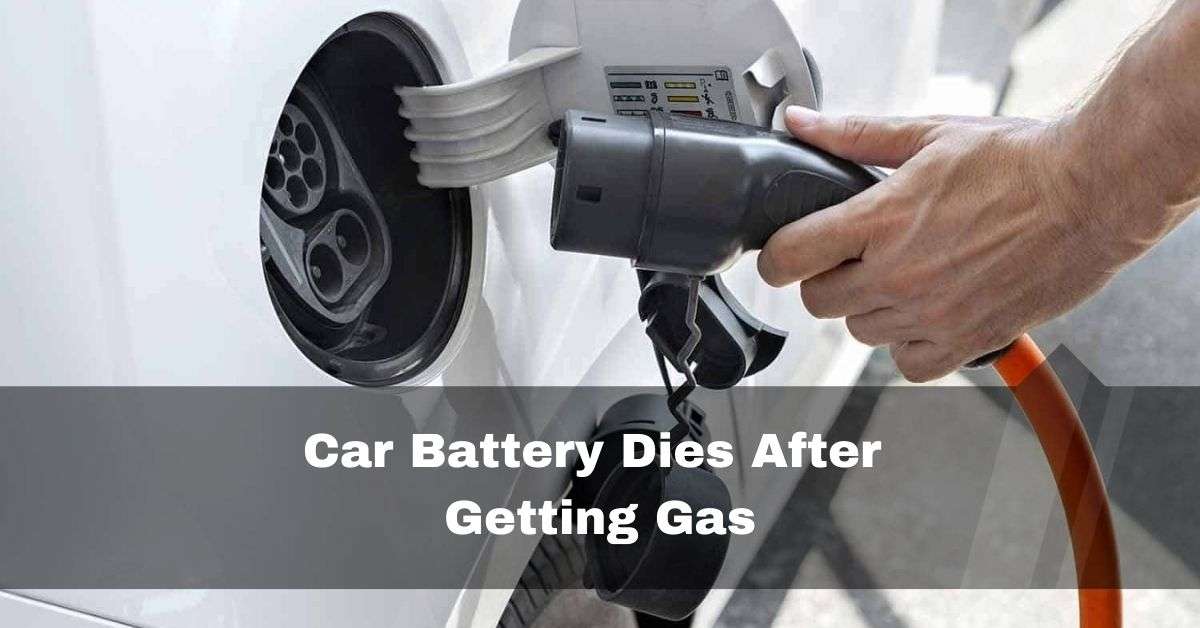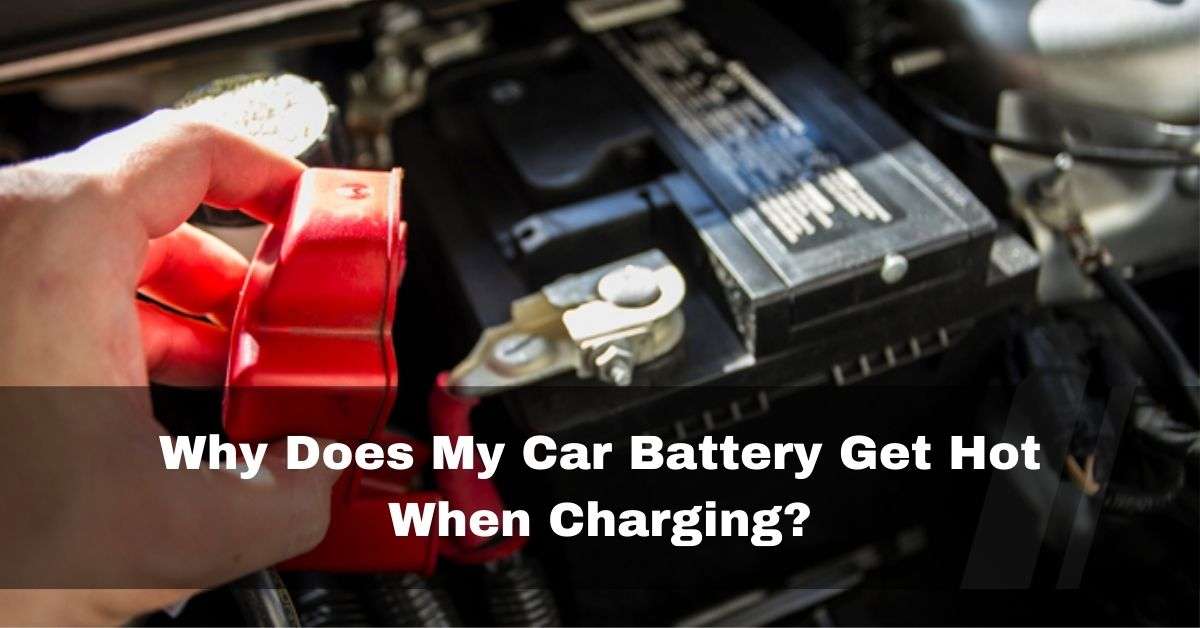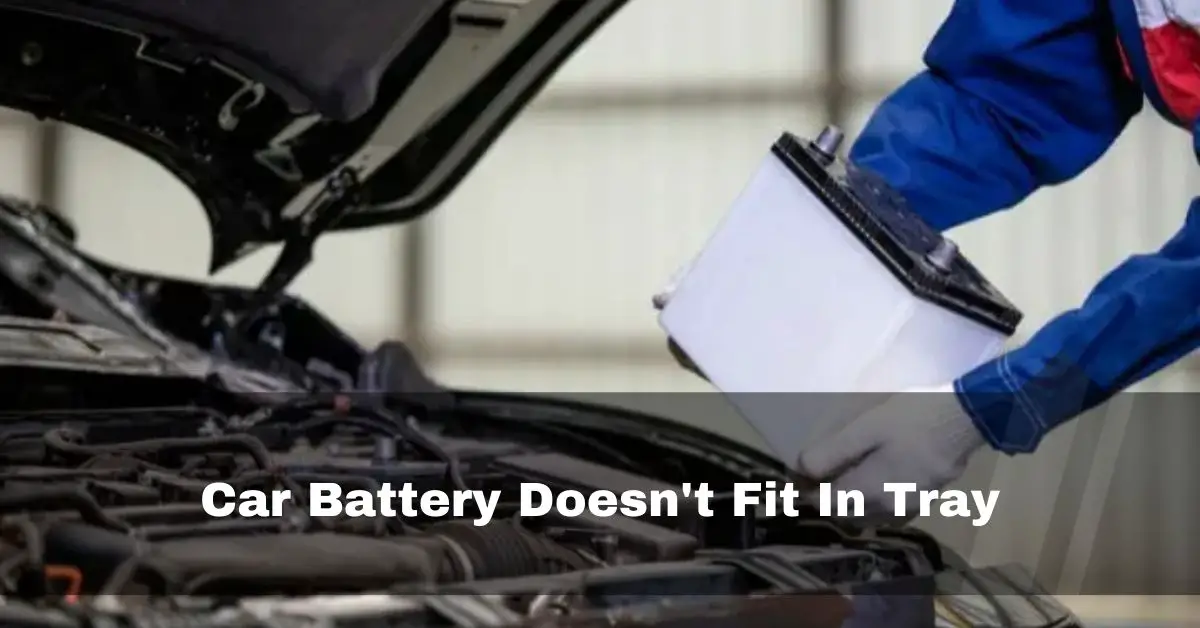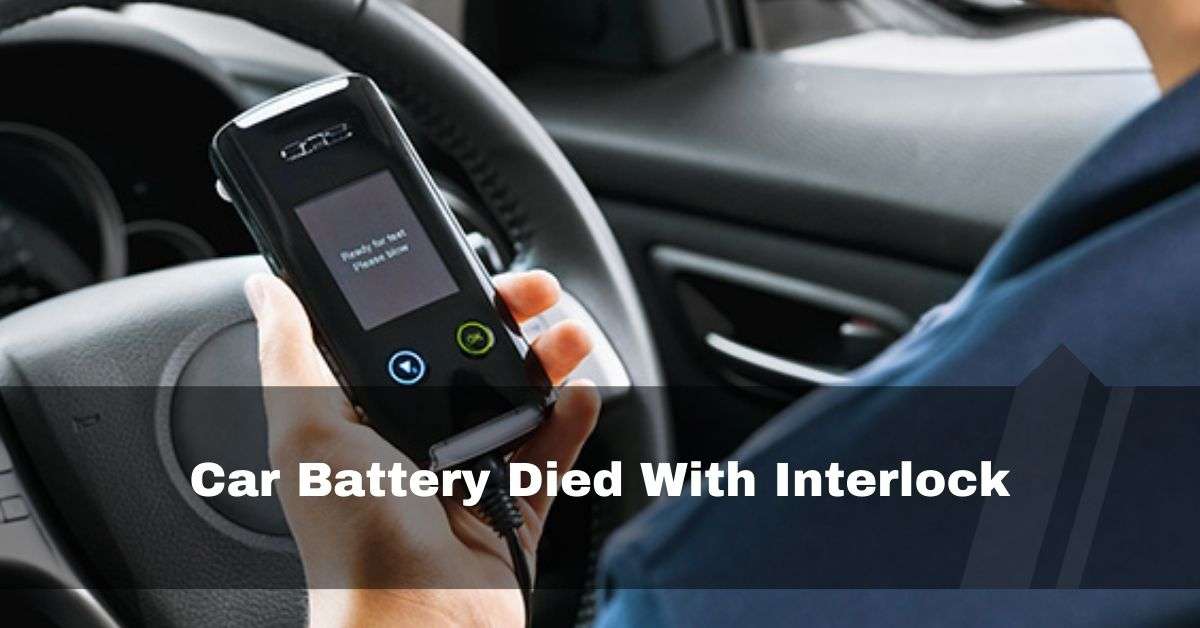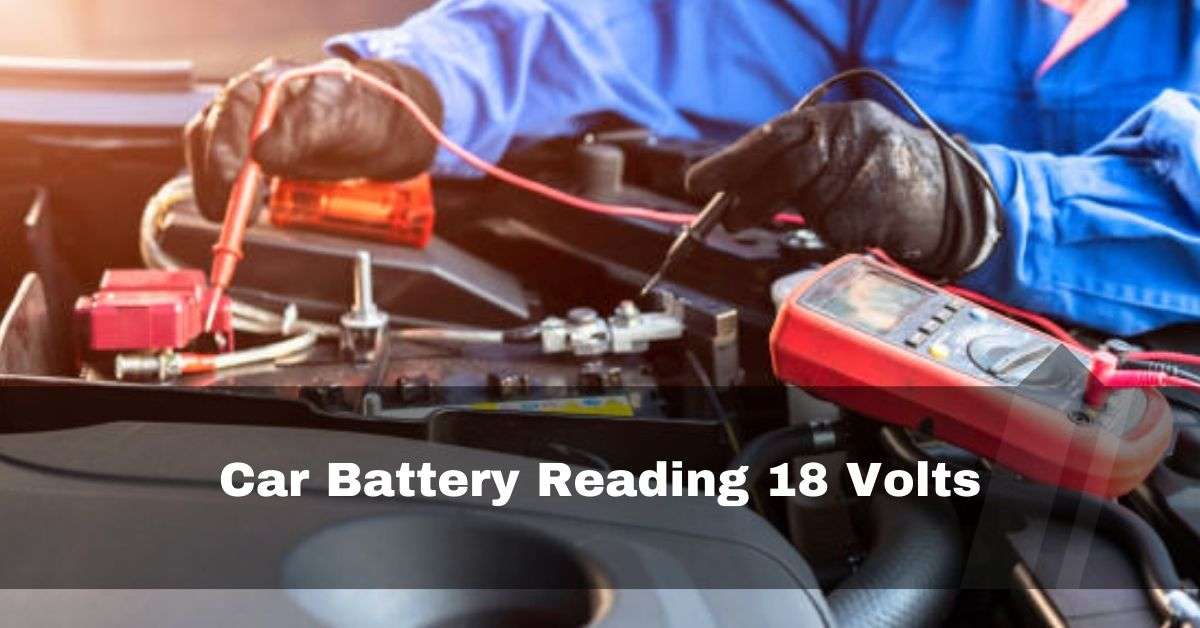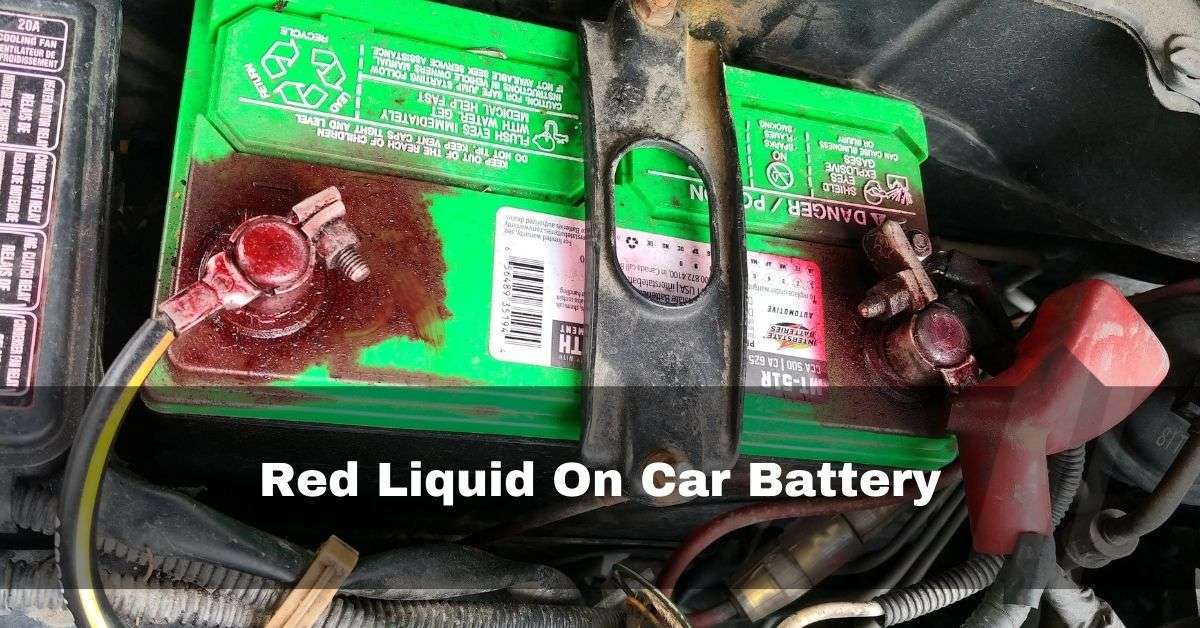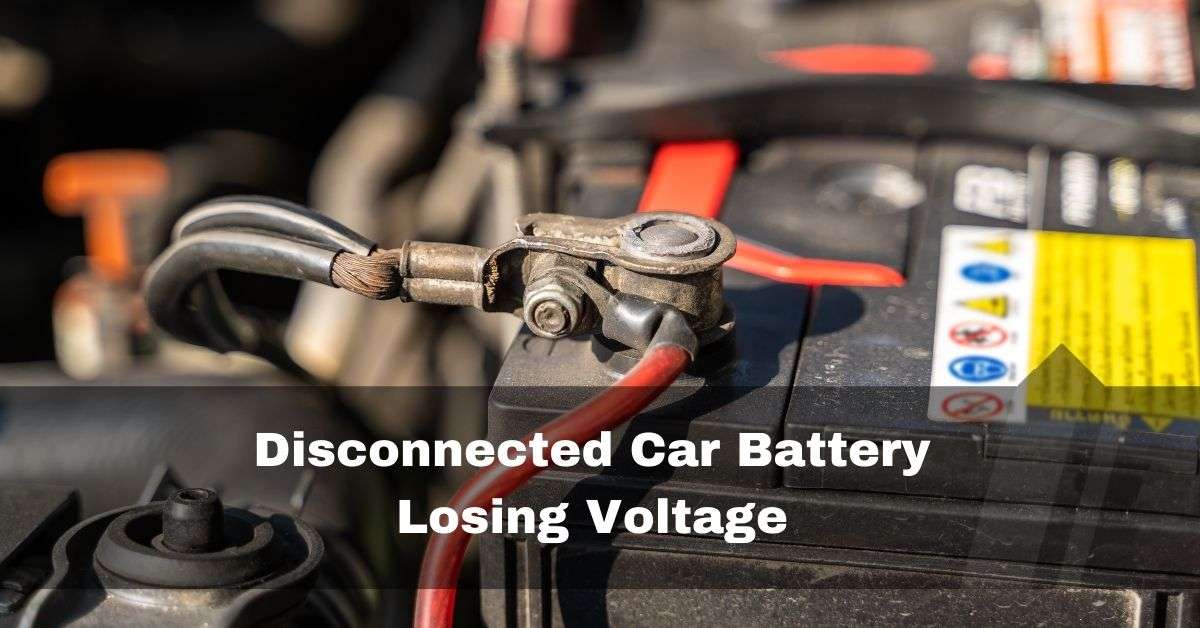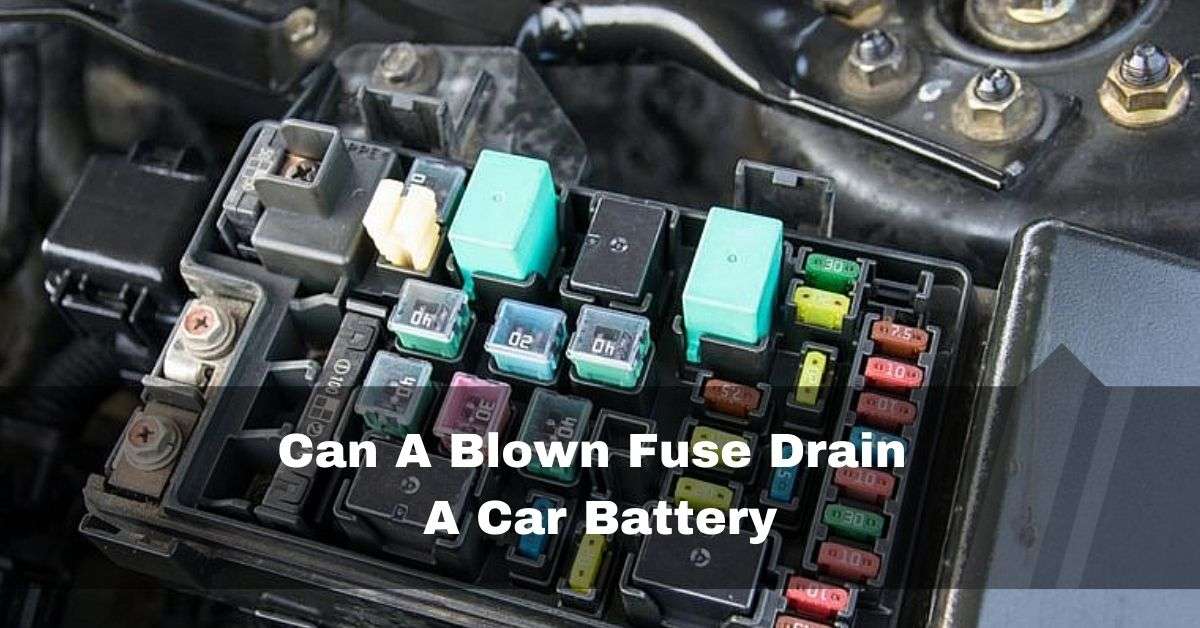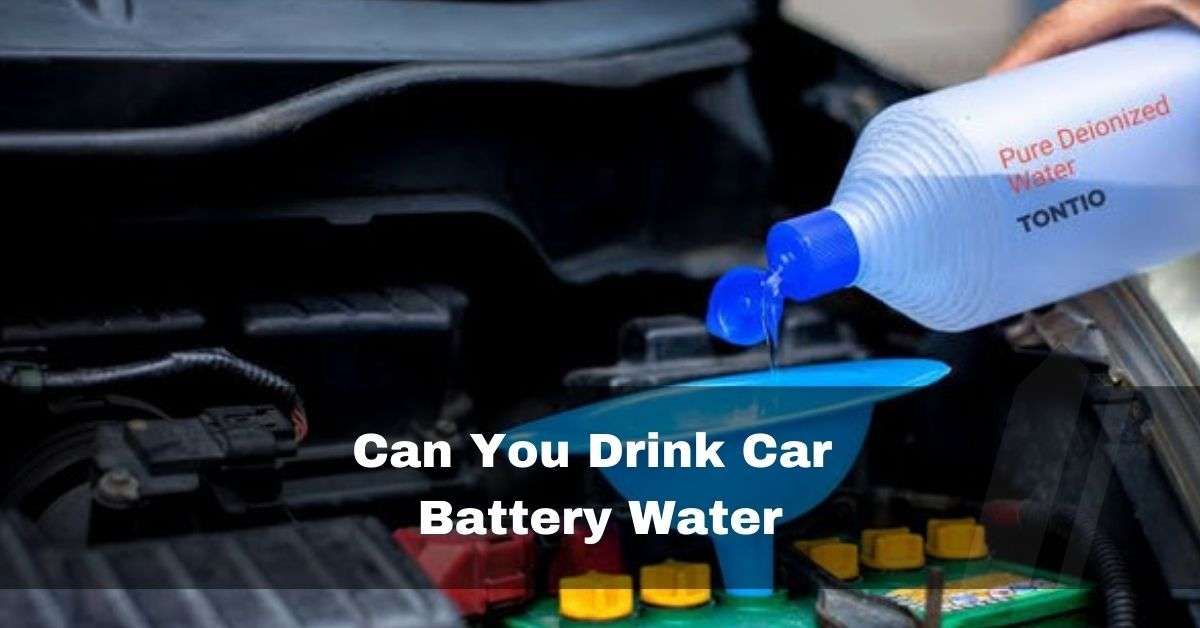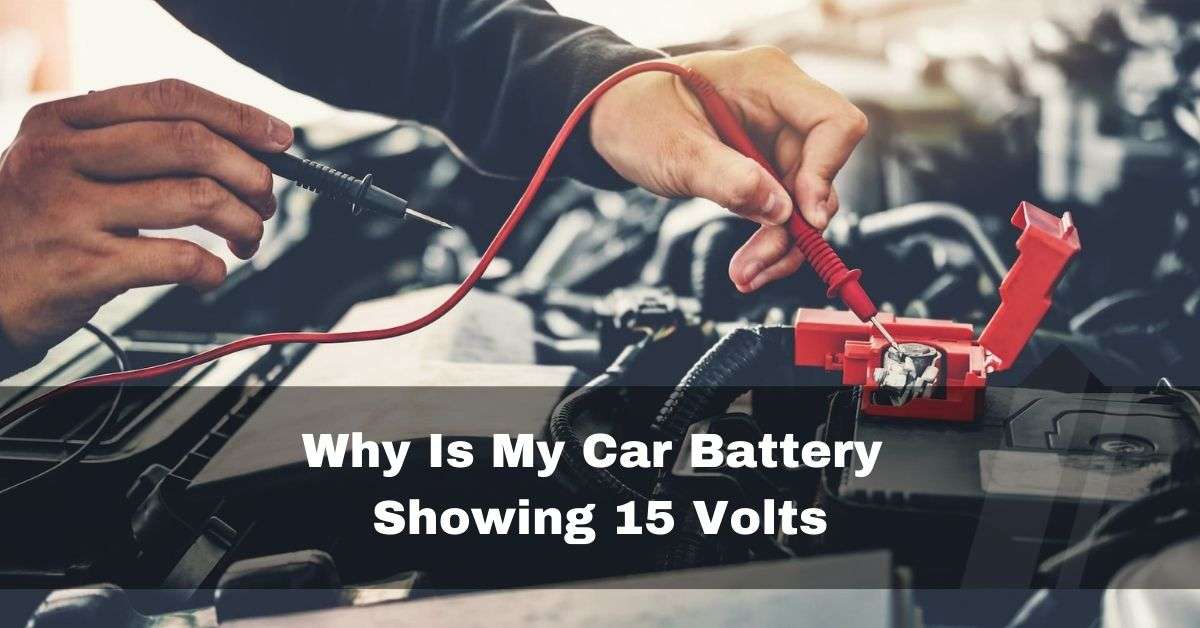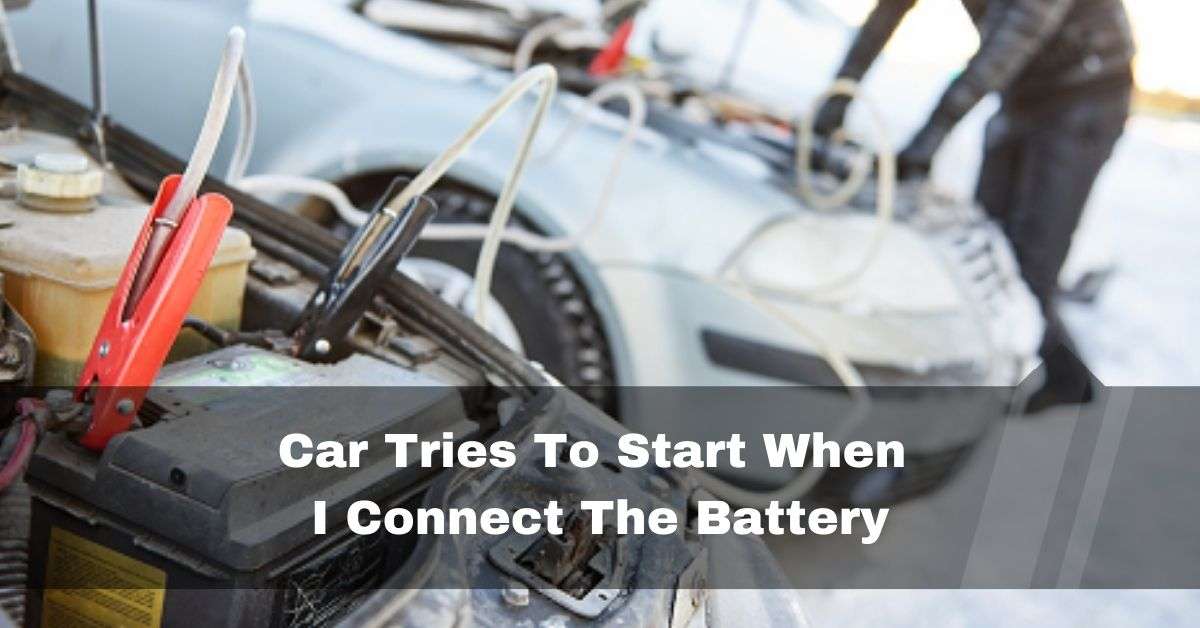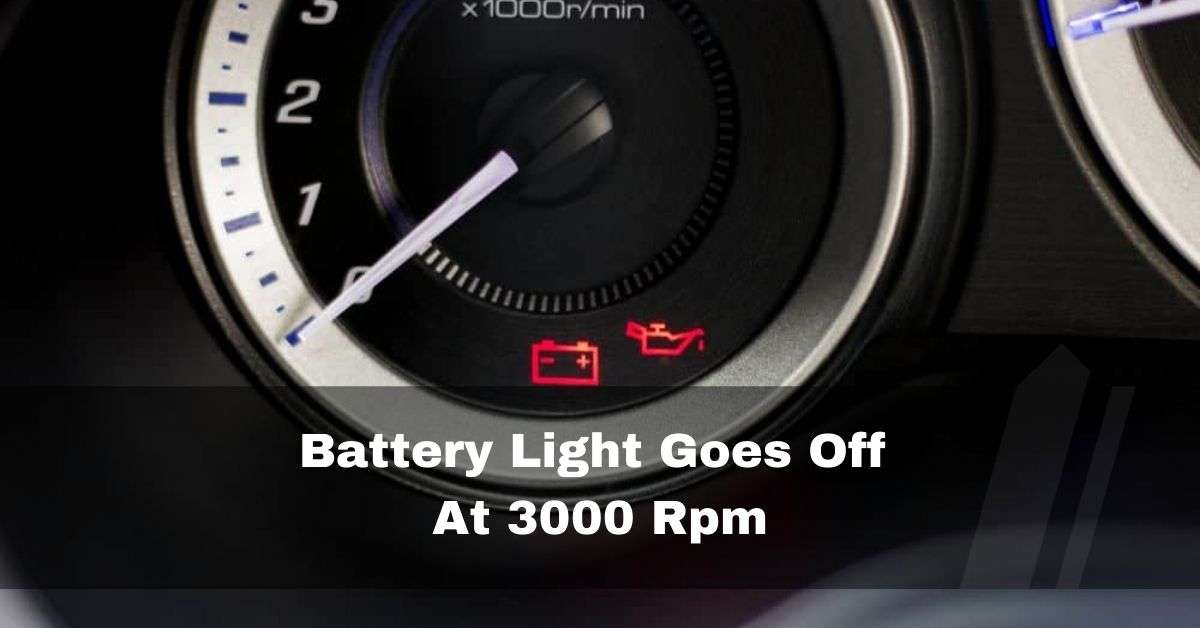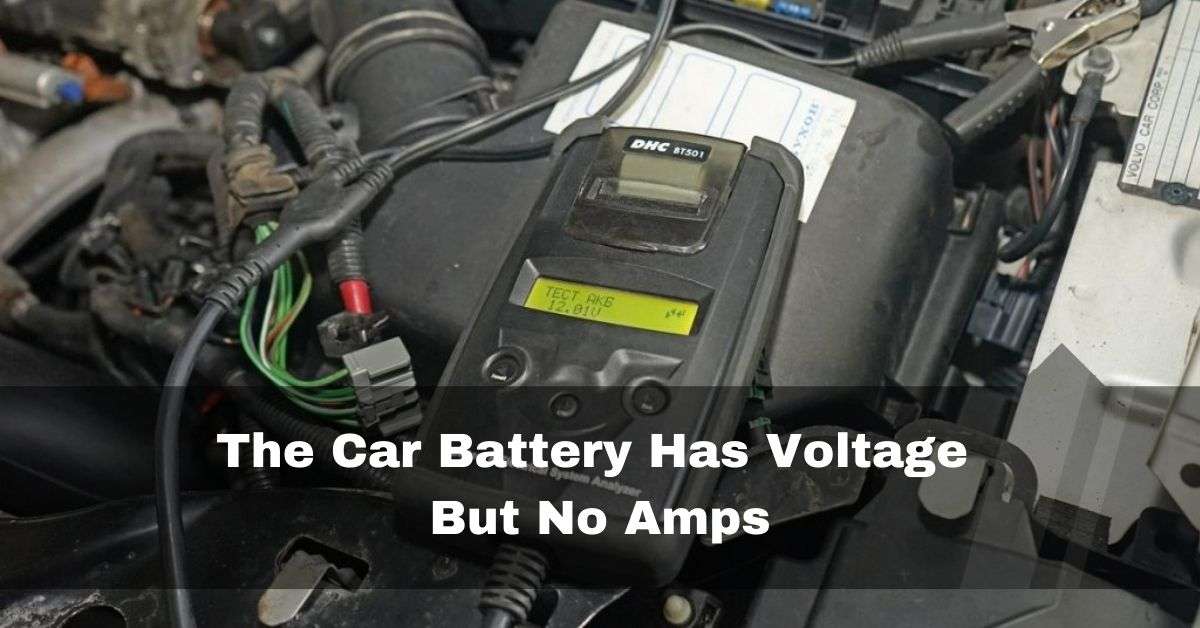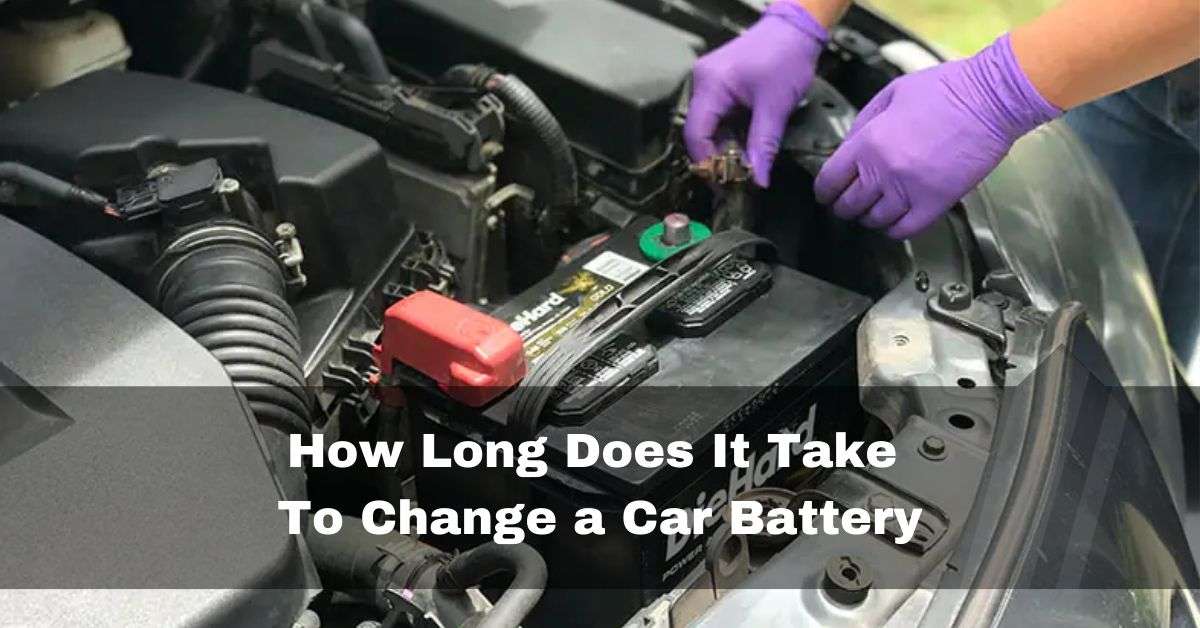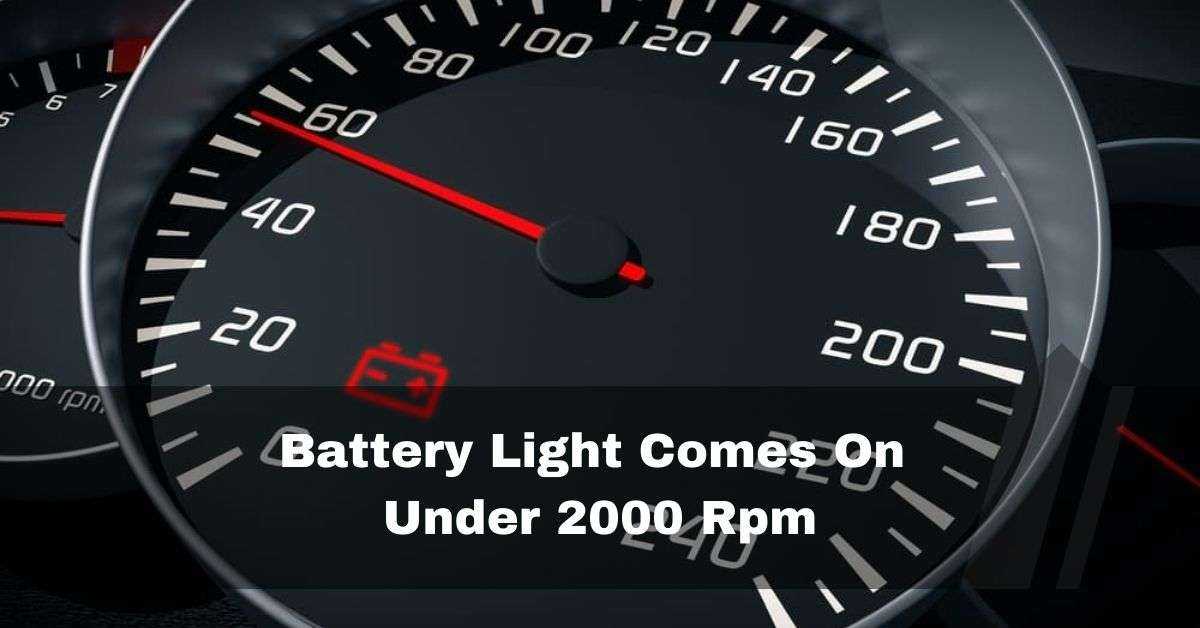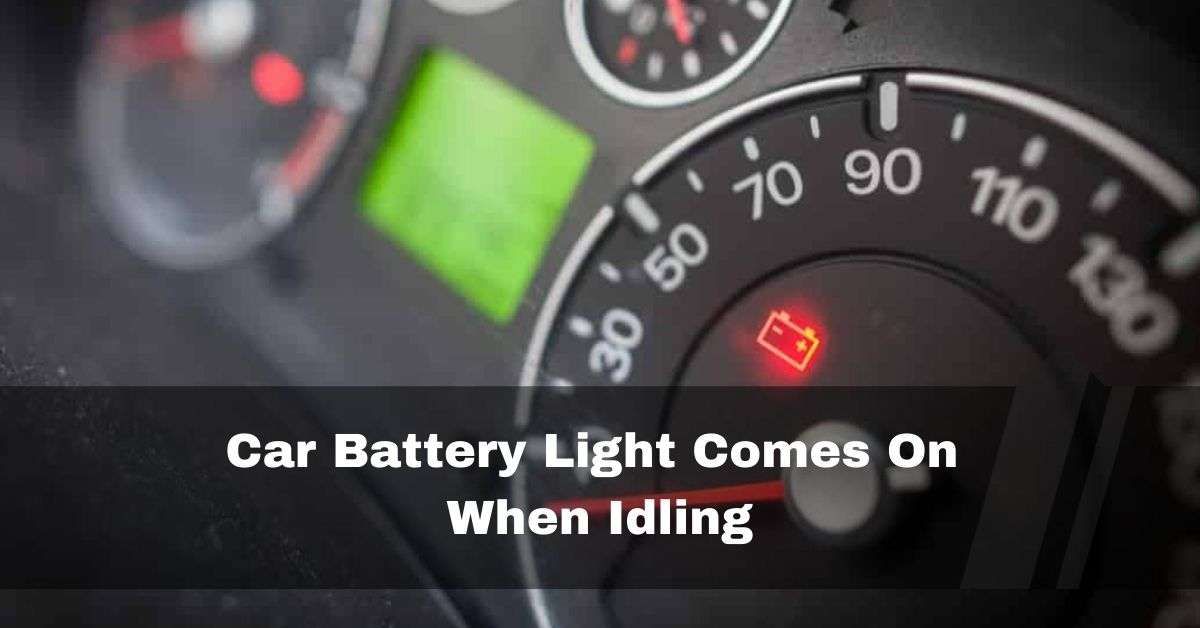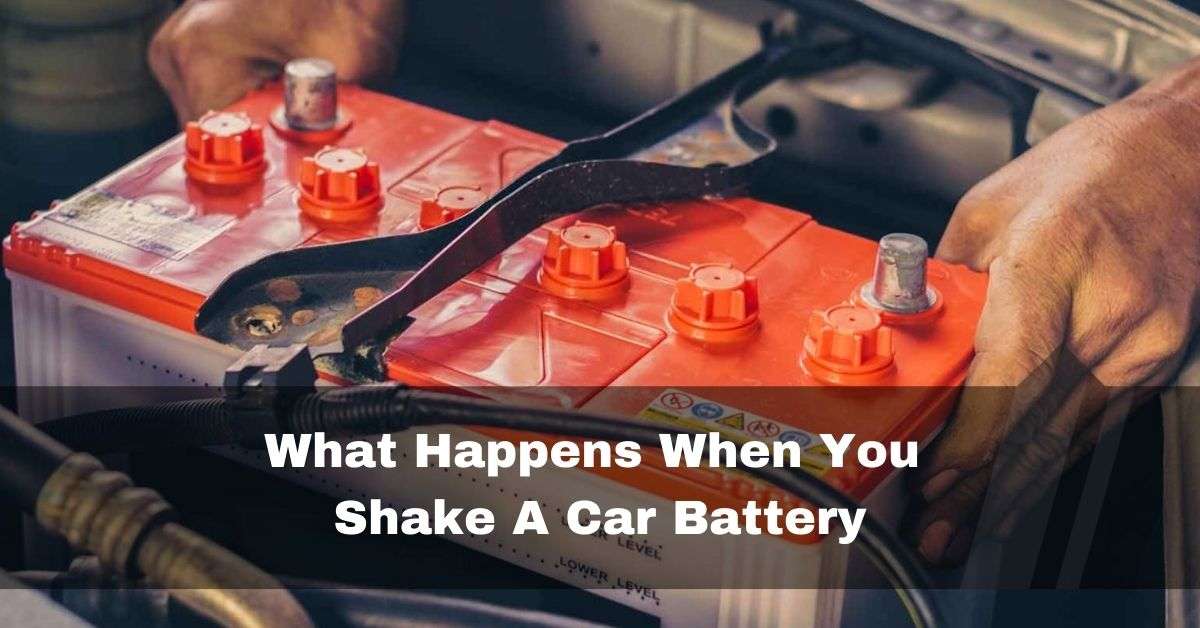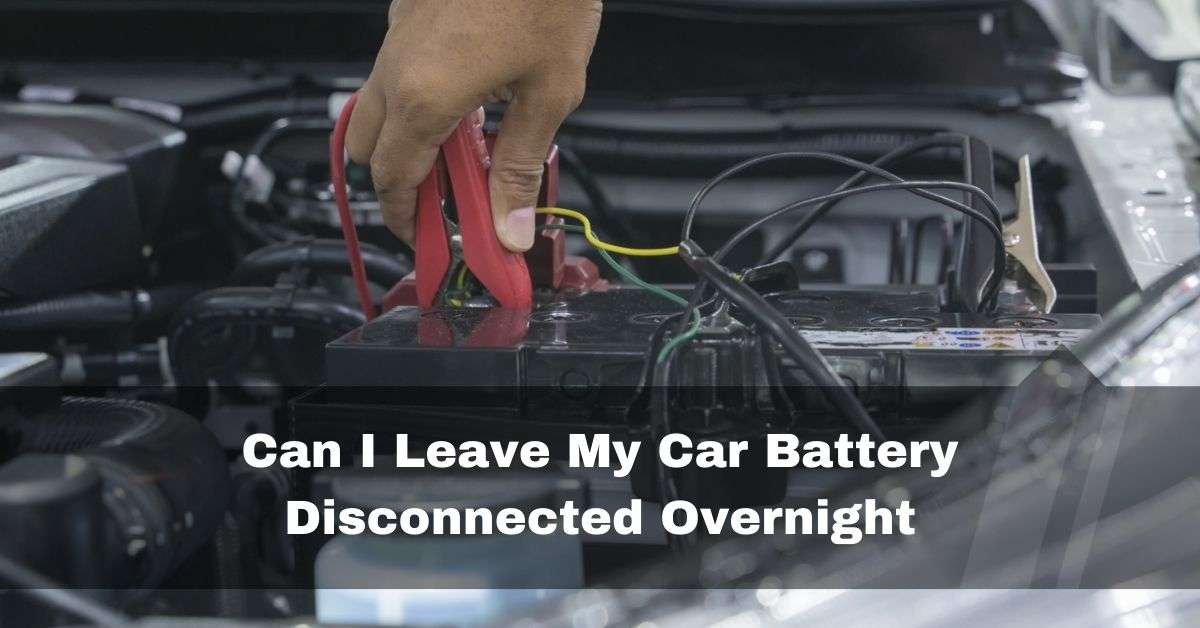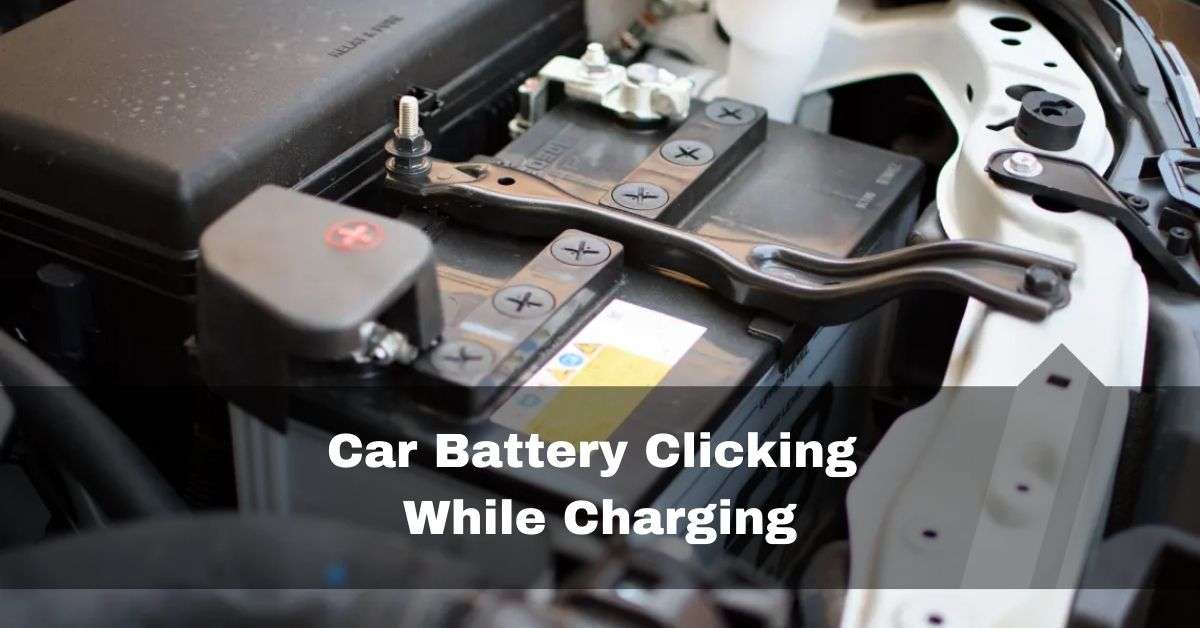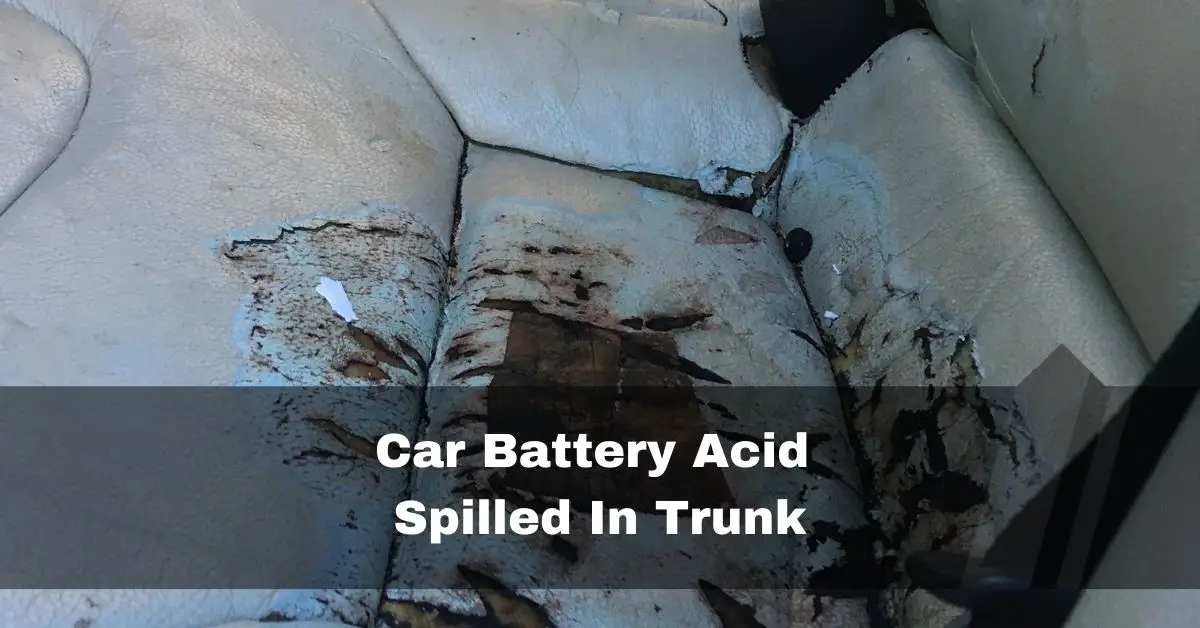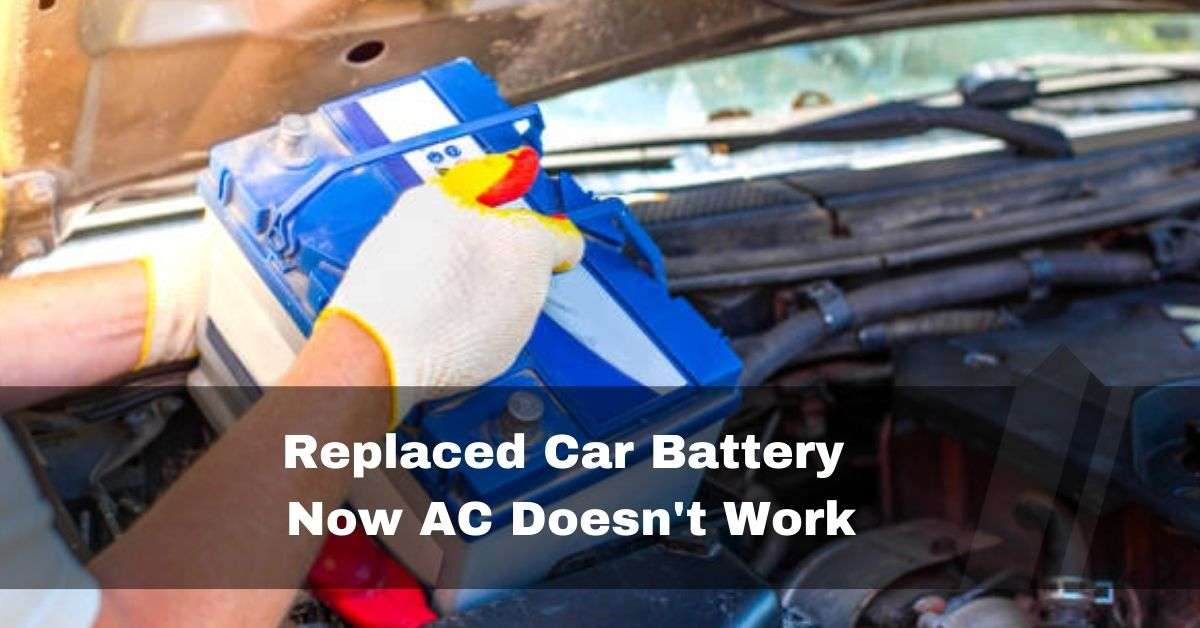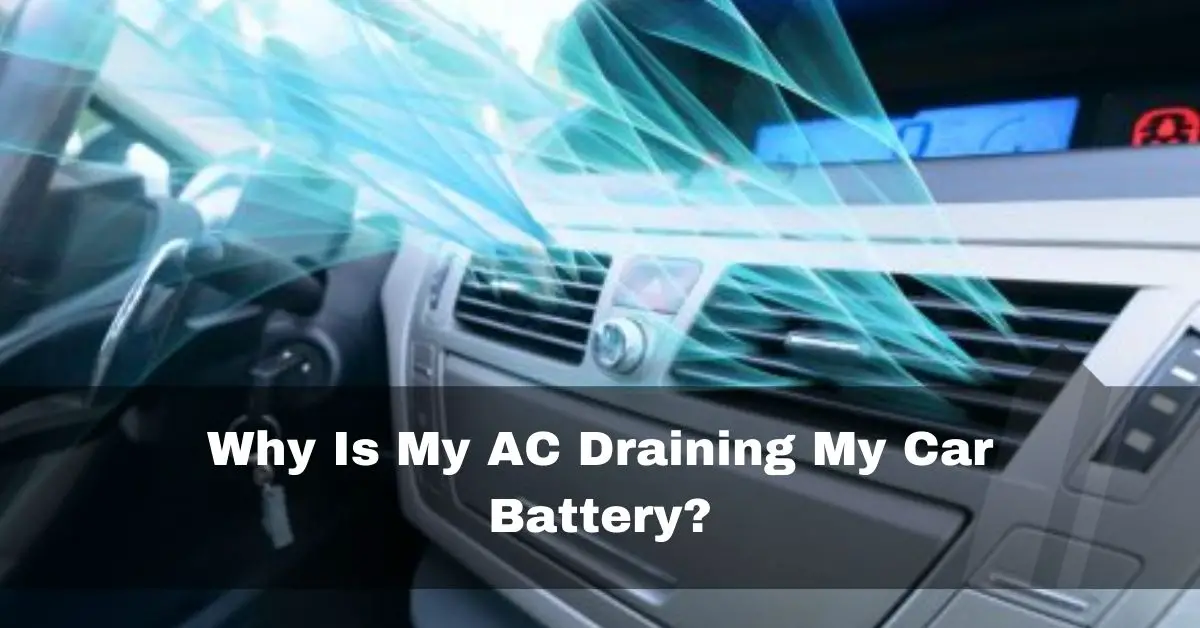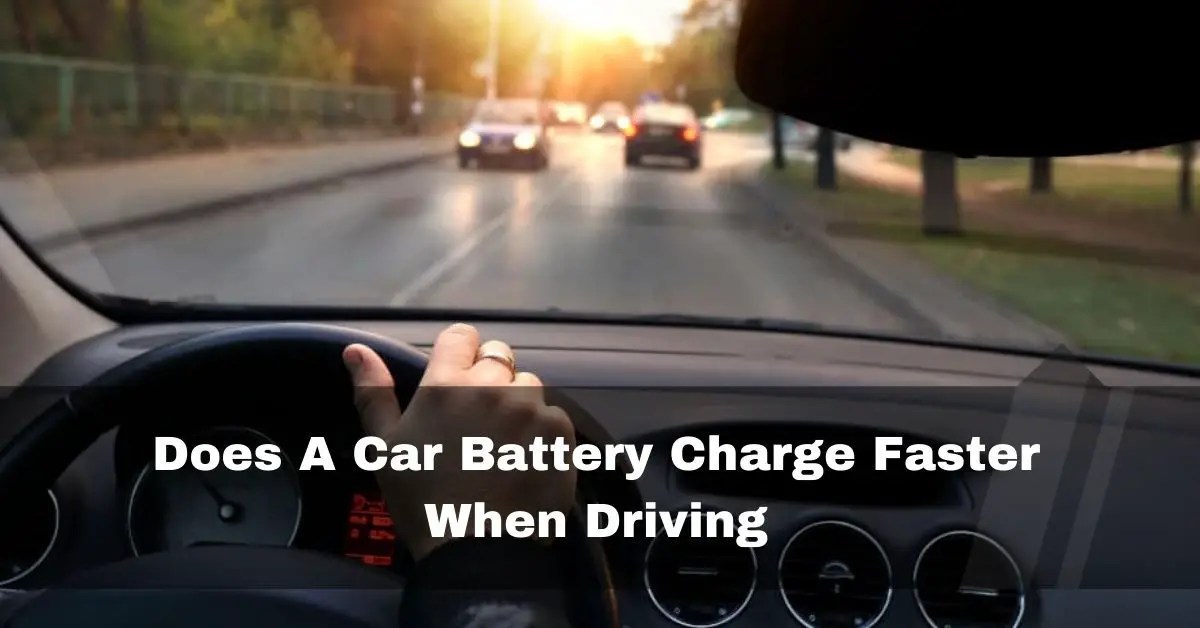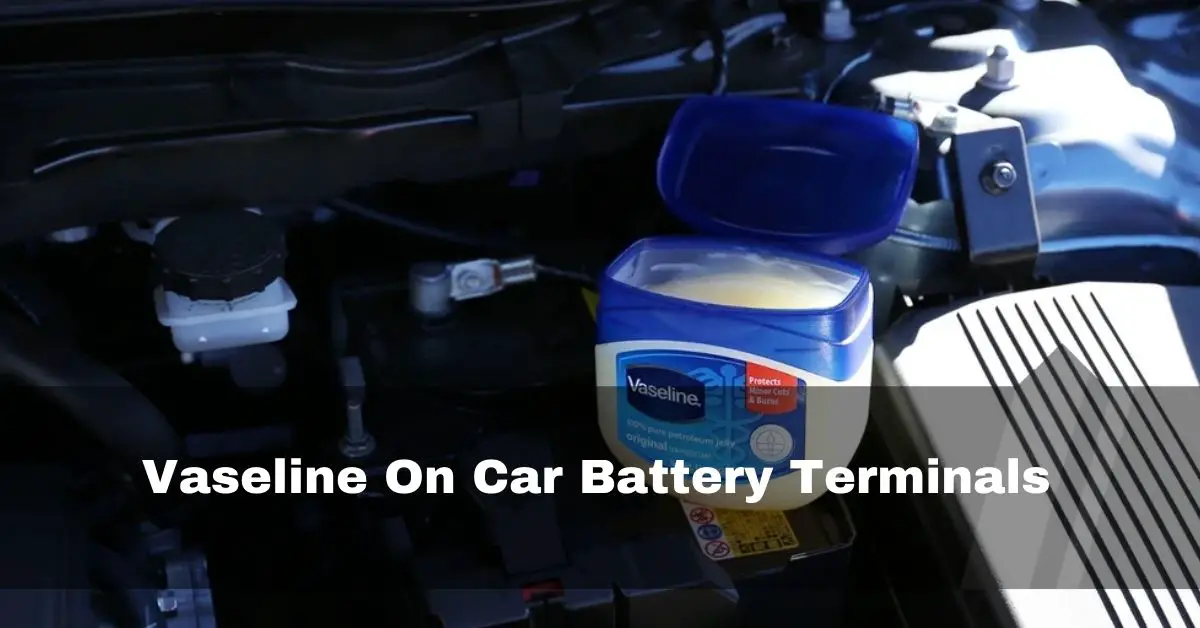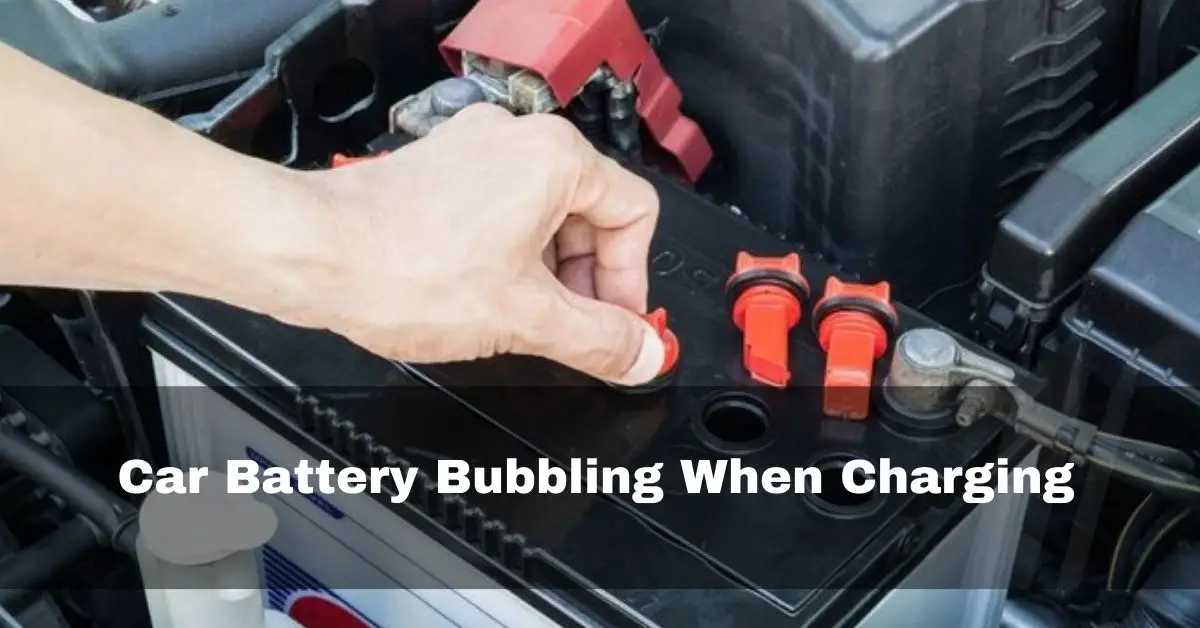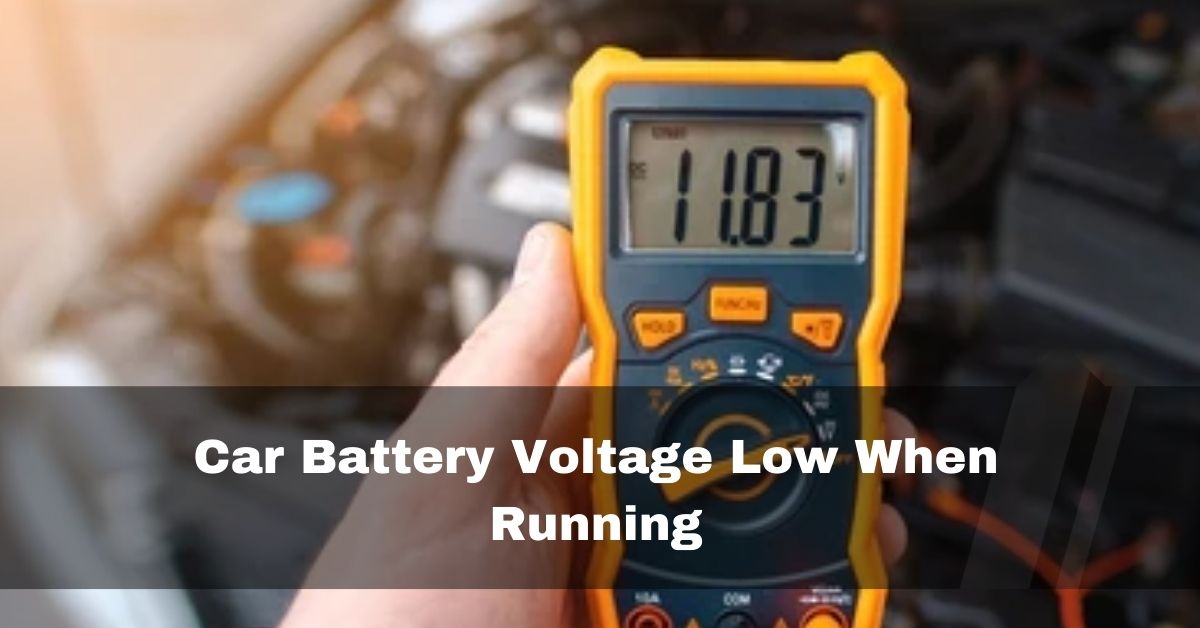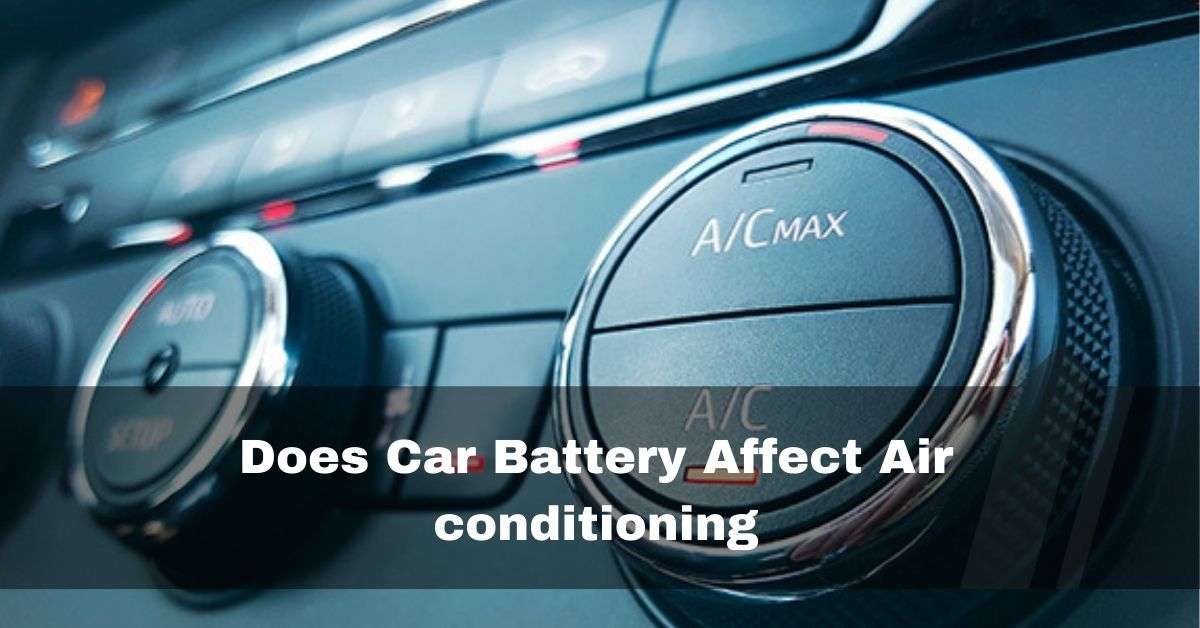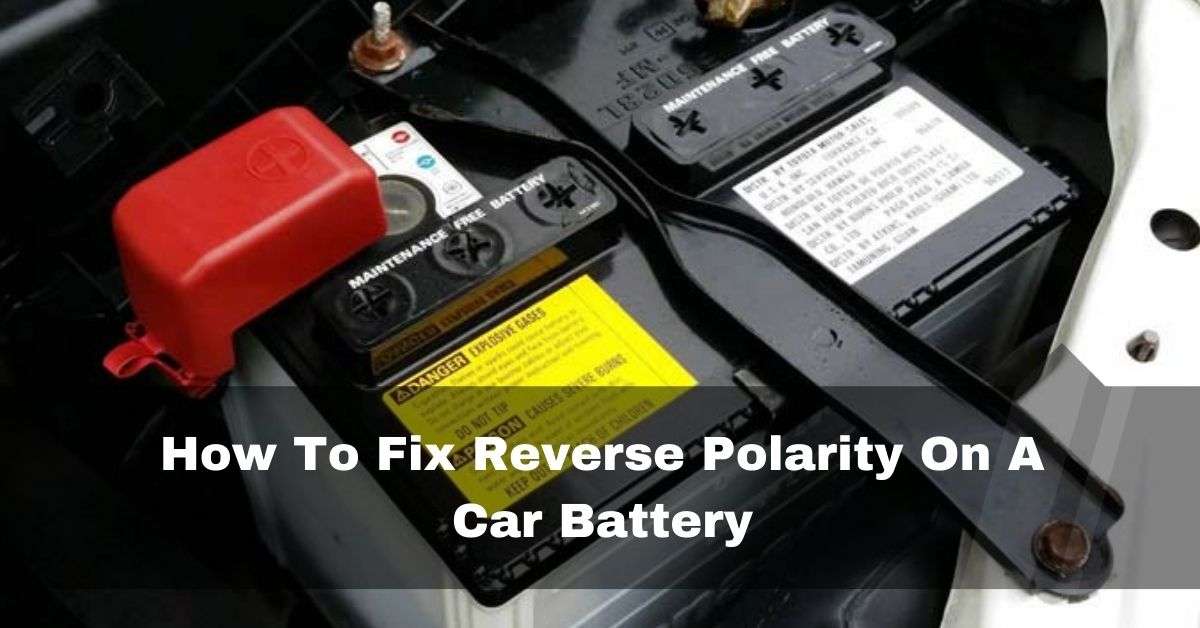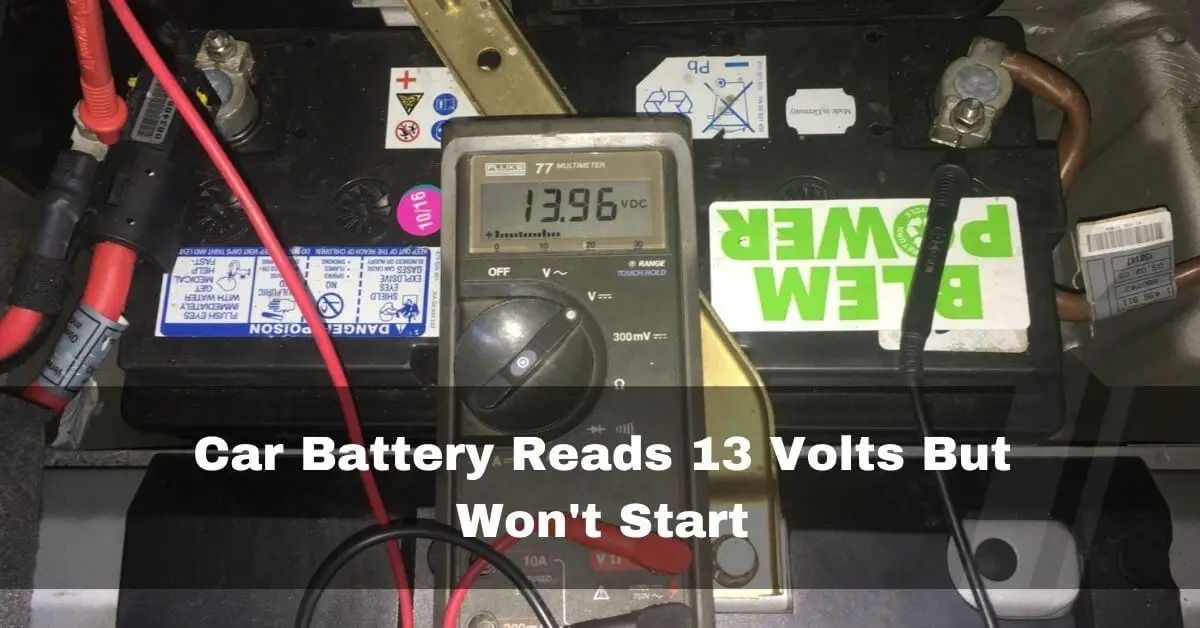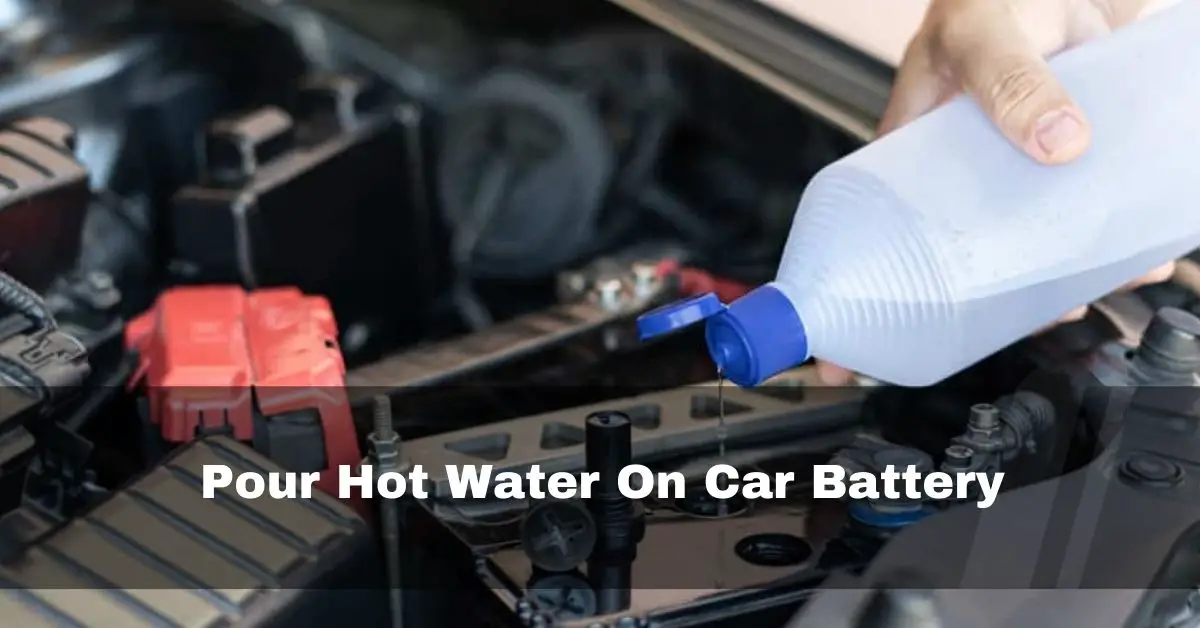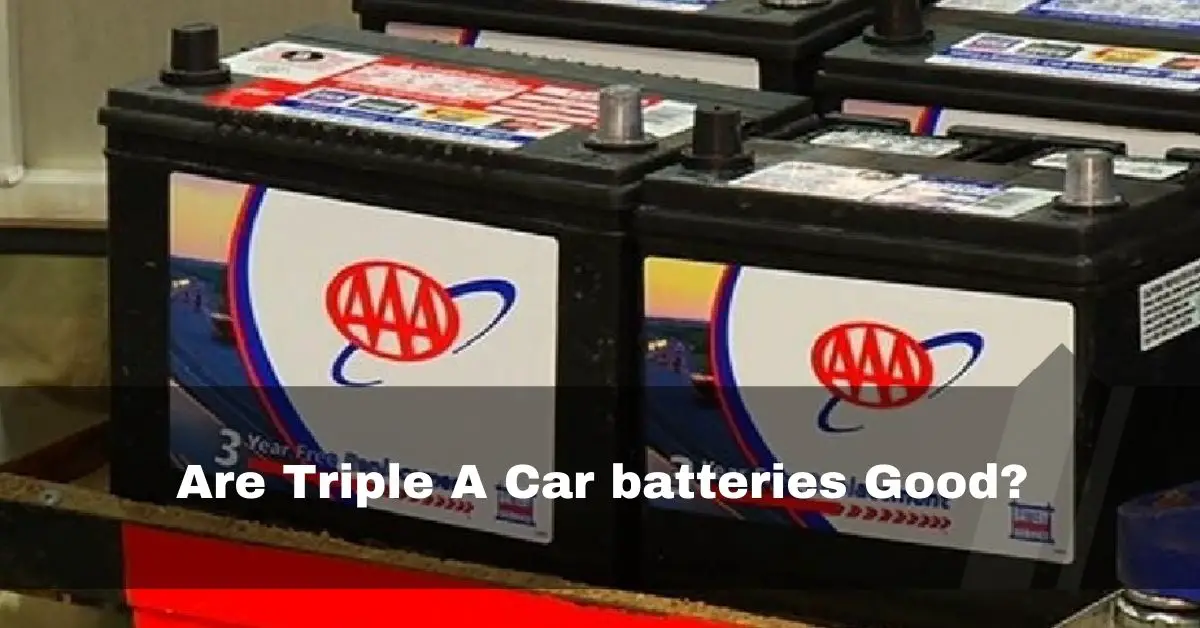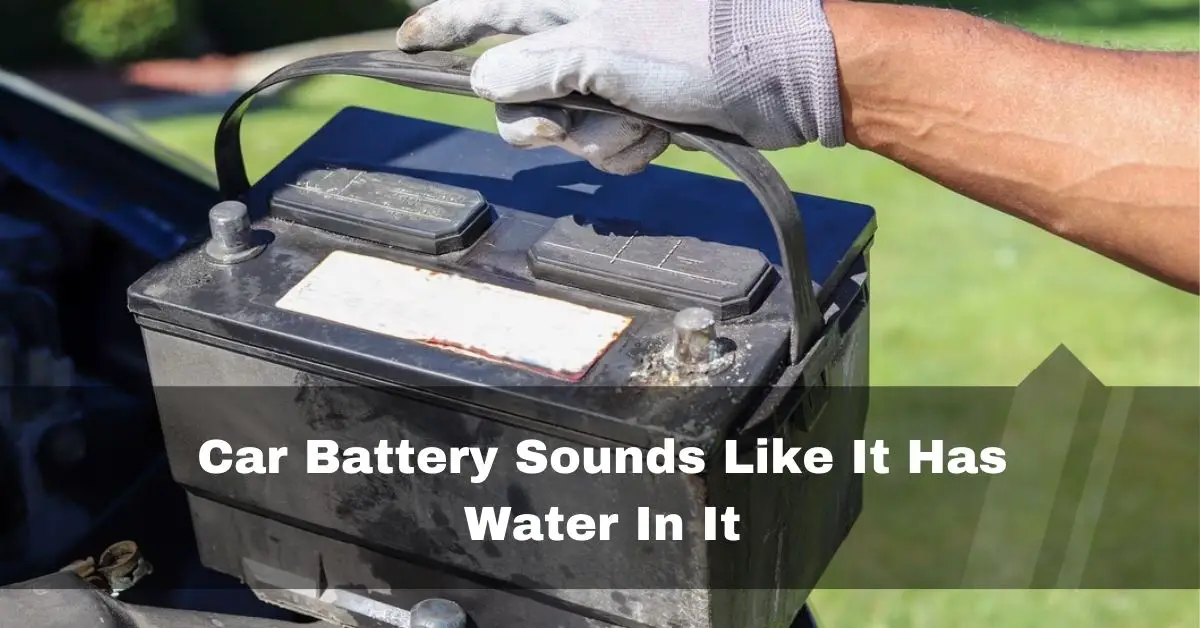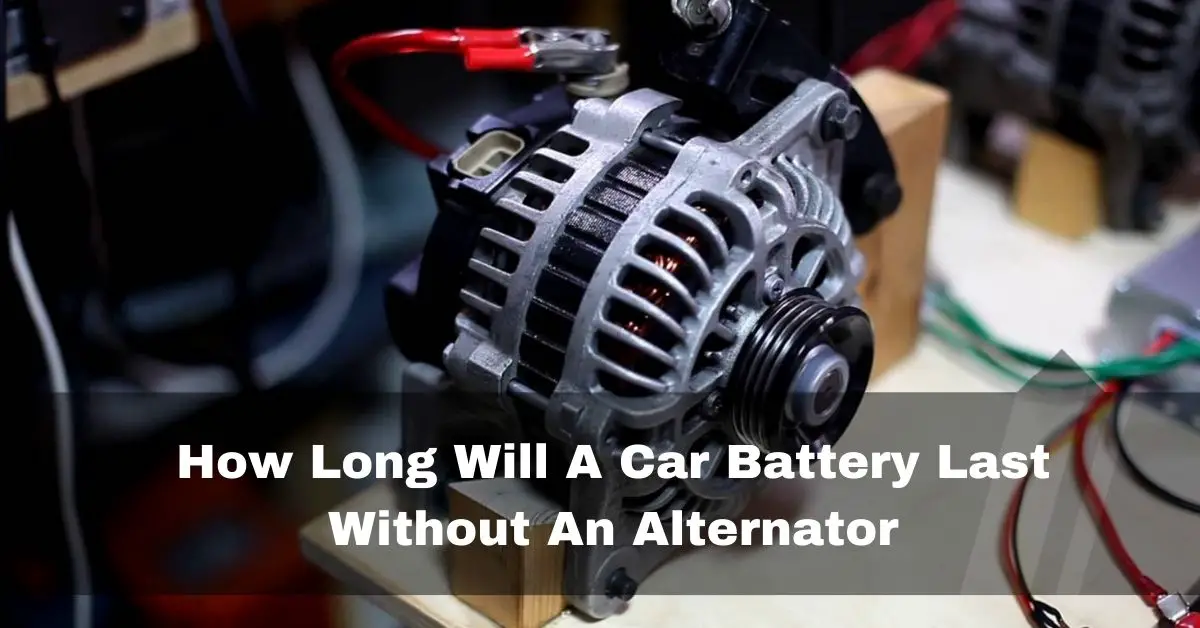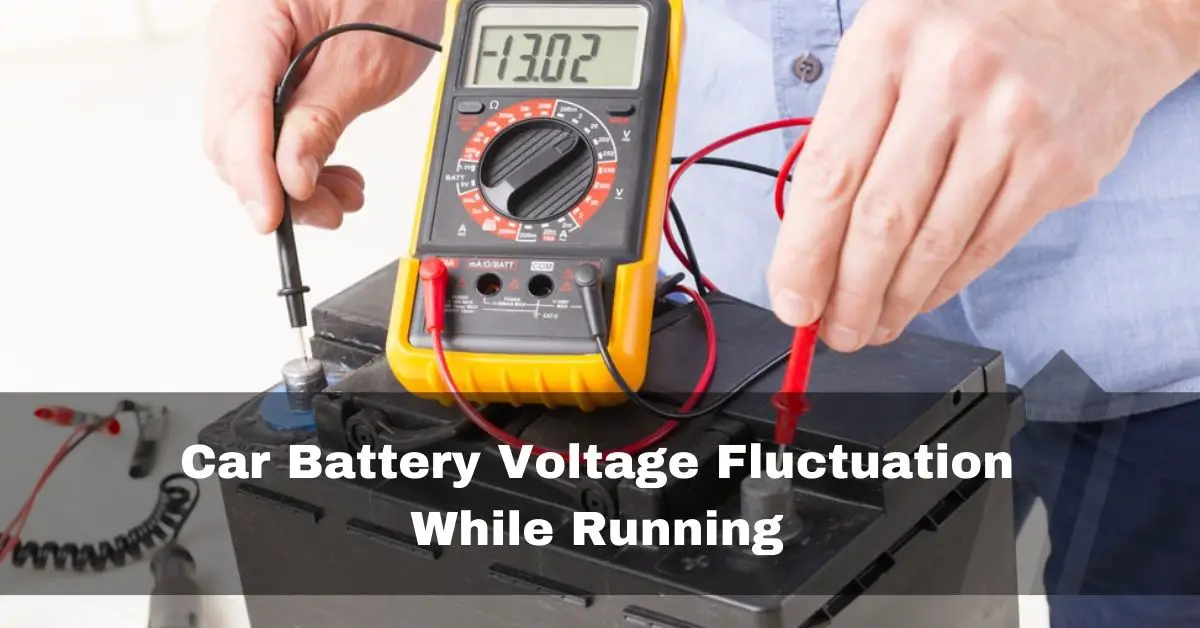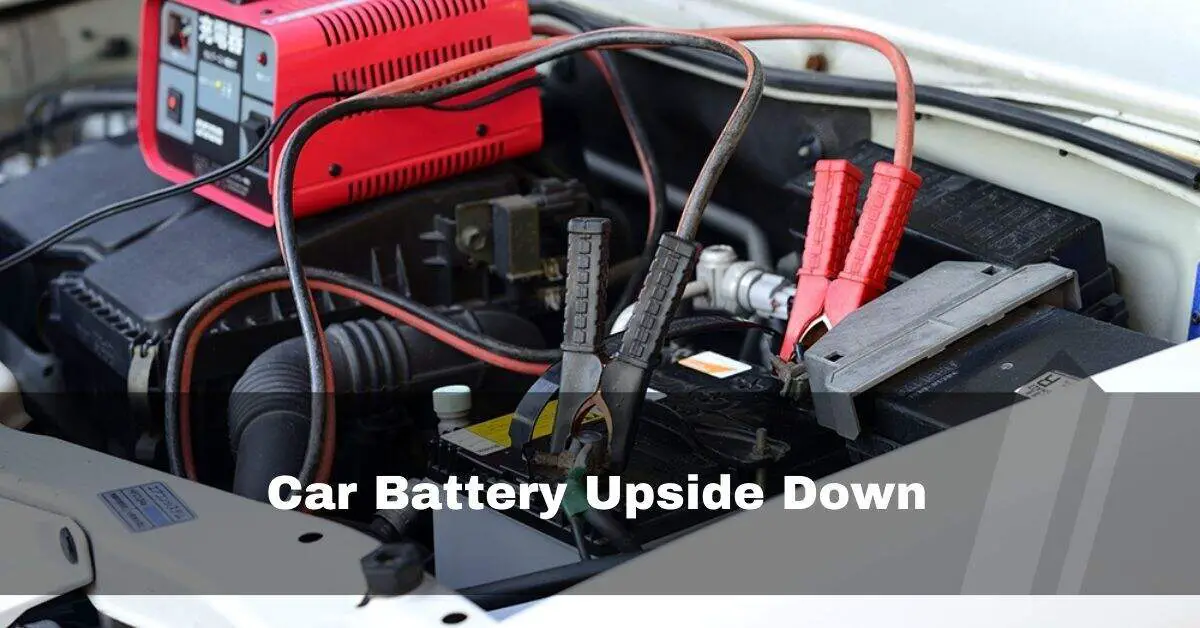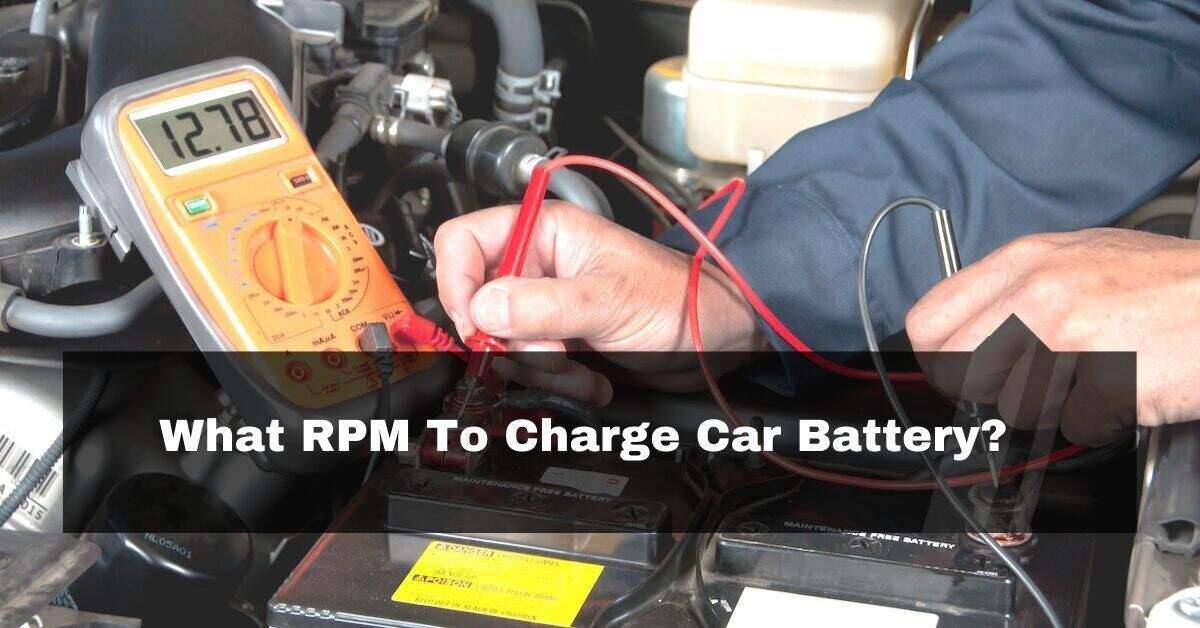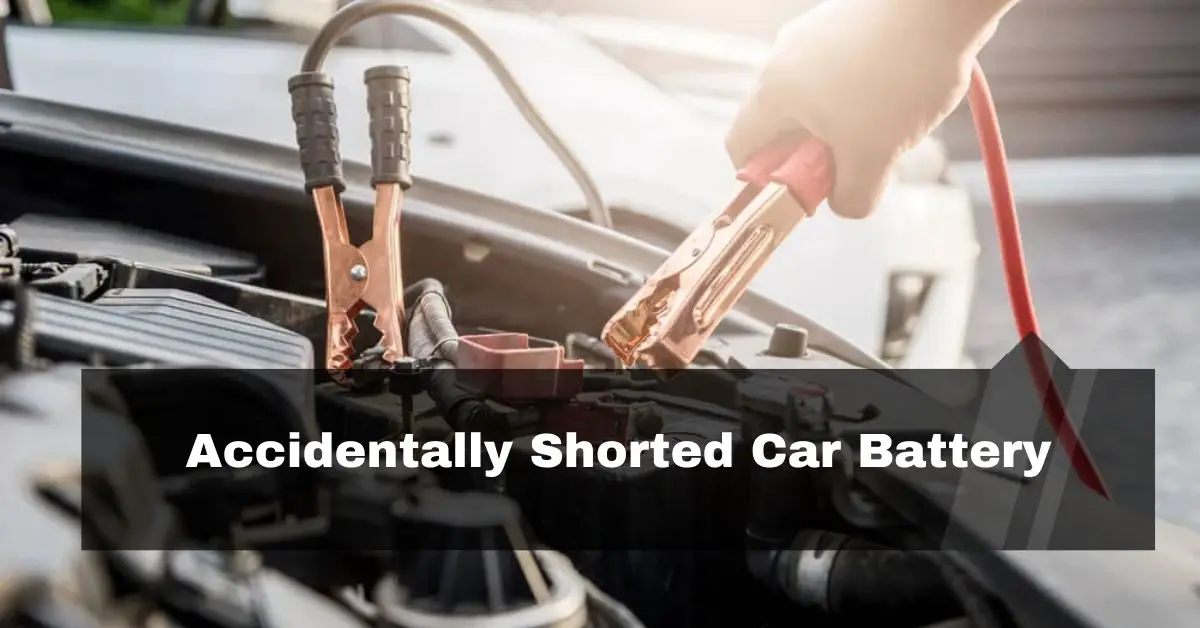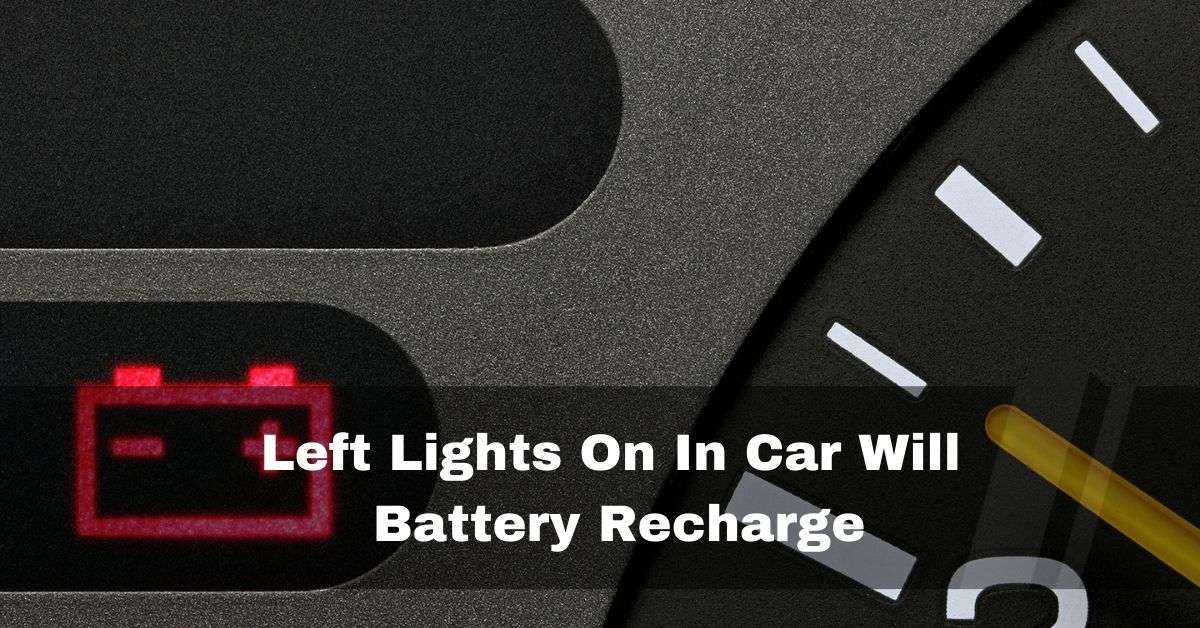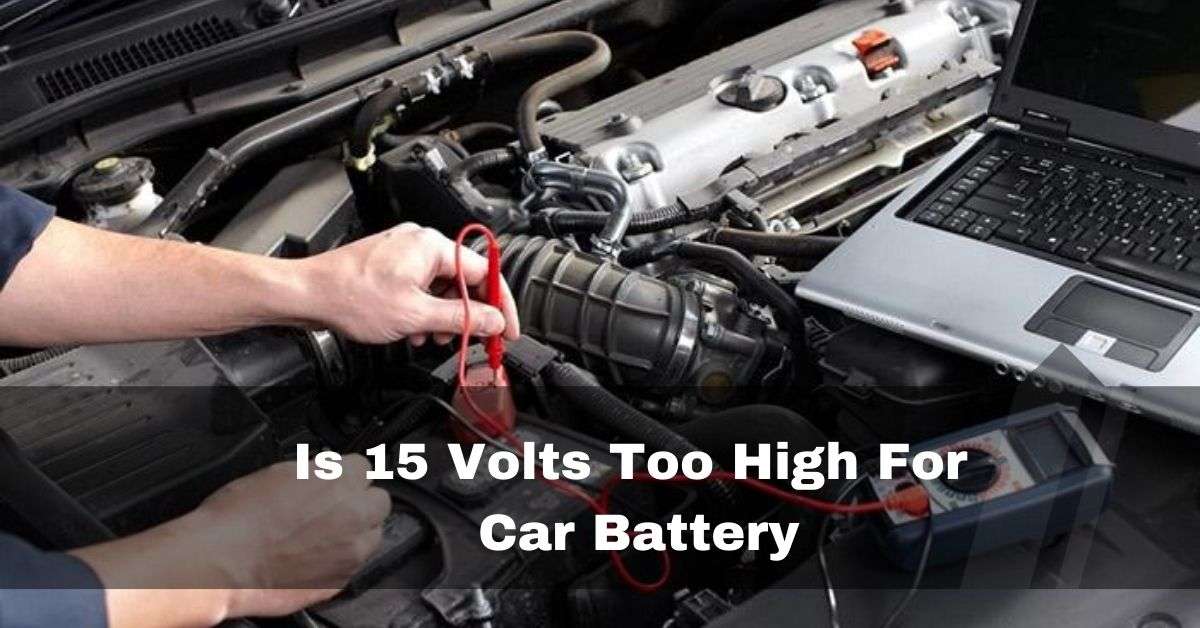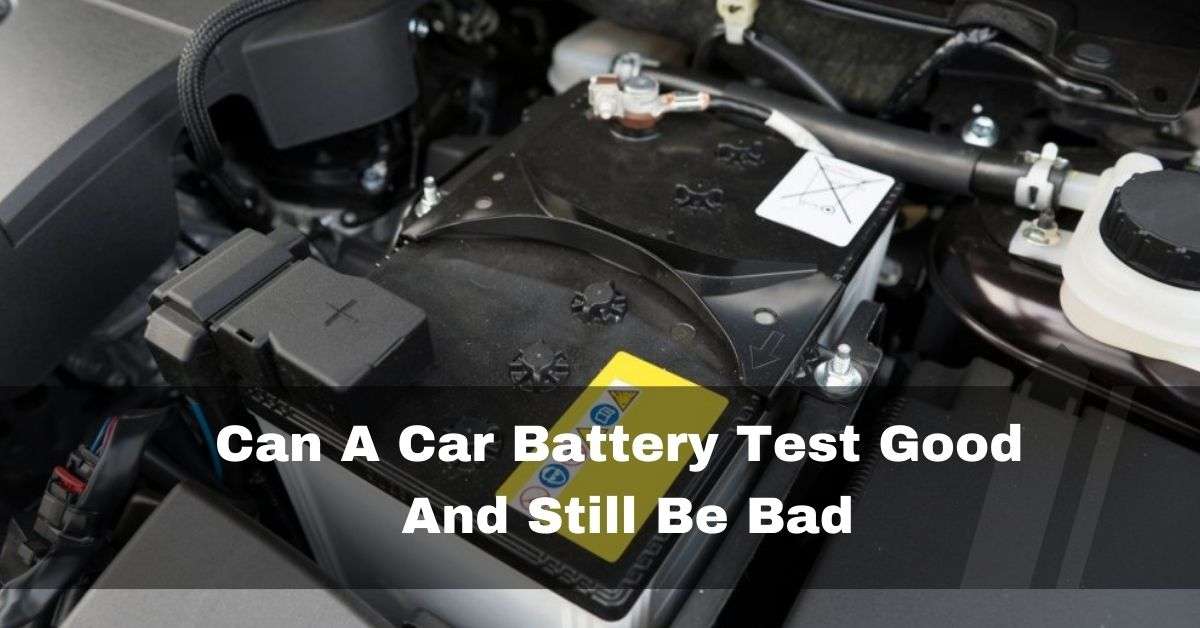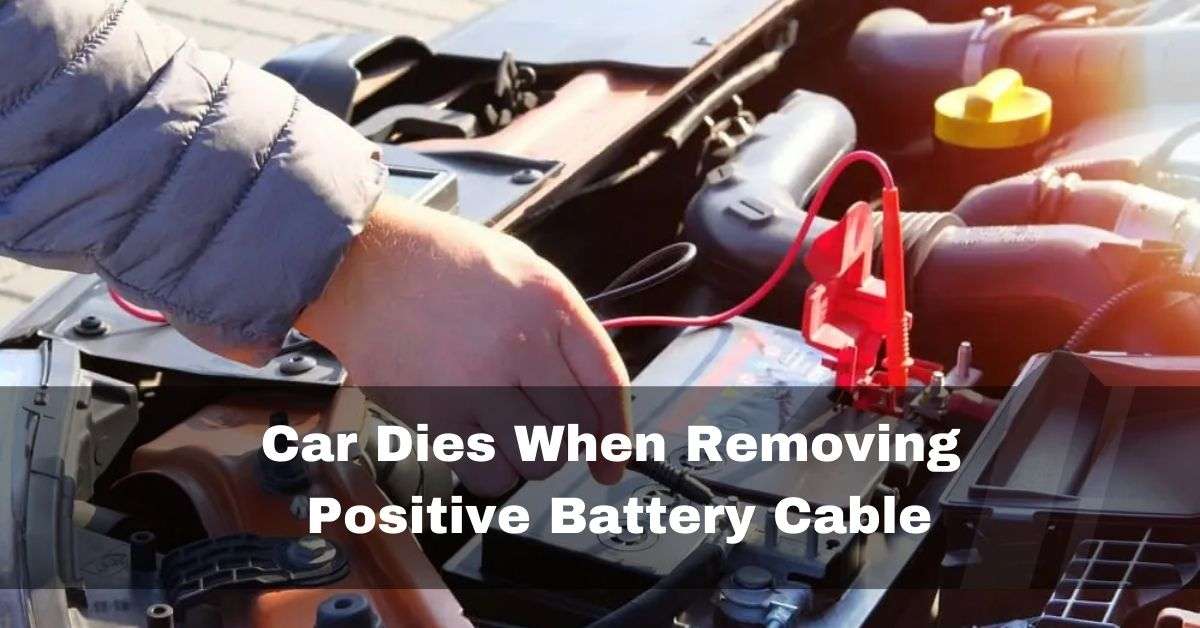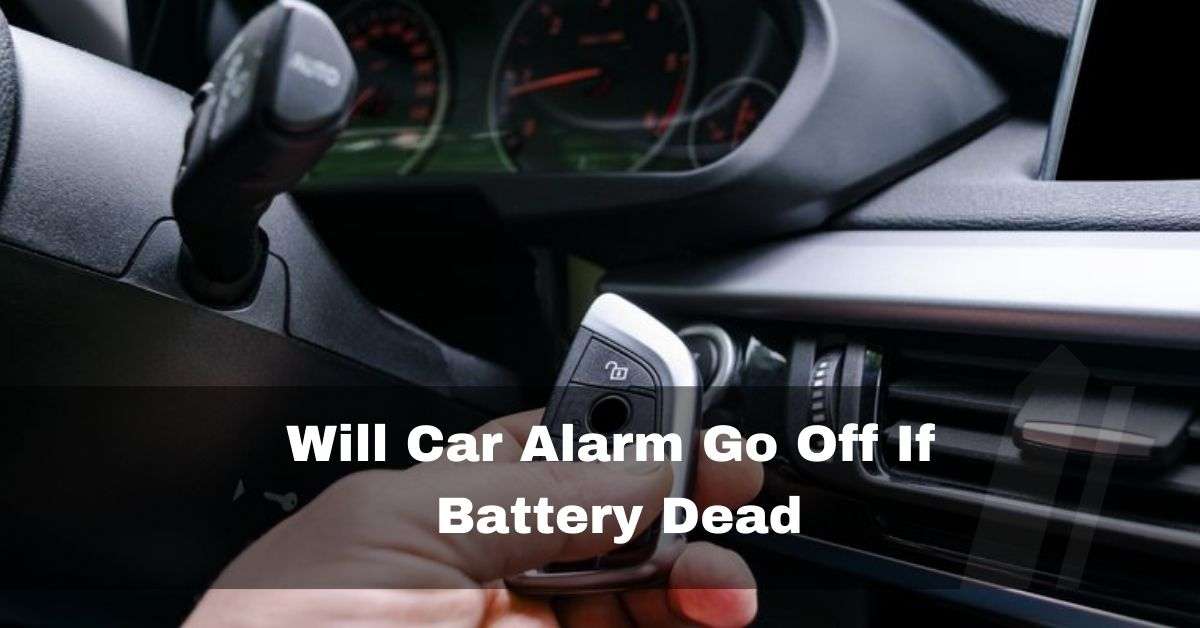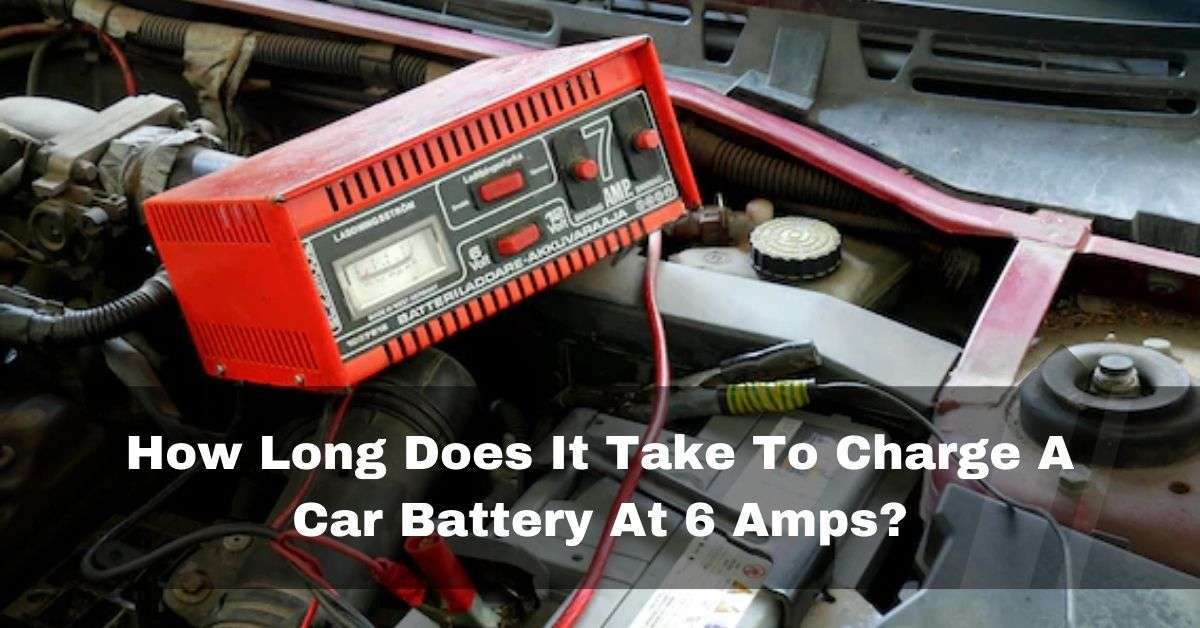Recently, I encountered a situation where the battery sparked, throwing a wrench into my plans. It’s disheartening, but there are various reasons behind this issue, ranging from a faulty connection to a damaged component.
Battery Sparked Now Car Won’t Start (Short Answer)
Disconnect the terminals, clean the connections thoroughly, and reinstall them securely. This ensures a smooth crank without any issues. Merely placing the terminal on the battery transfers power, but it’s insufficient for the high-cranking amps needed by the starter.
In my case, I delved into the troubleshooting process to understand what might have caused the battery to spark and subsequently leave my car unresponsive.
Table of Contents
Causes Of Sparking Car Battery:
Having faced the perplexing issue of a sparking car battery, it’s essential to delve into the potential causes behind this electrical hiccup. In my own experience, identifying the root of the problem has been crucial to finding an effective solution.
1. Loose or Corroded Battery Connections:
In my case battery terminals rust or become loose with time, obstructing the flow of electricity. The connection can suddenly break when you try to start the car, setting off a spark. It might prevent the starter motor from receiving the required current, leading to an unsuccessful ignition

Also Read: Car Stalling After Battery Change
2. Faulty Starter Motor or Solenoid:
If your battery connections are good and tight, but your car still won’t start, and you hear a clicking noise, there might be an issue with the solenoid or starter motor. Sparks could result from a starter motor not working correctly, drawing too much electricity from the battery.
3. Battery Connected Backwards:
Reversing the positive and negative battery terminal connections can cause several electrical problems, such as a sparking battery and a car that won’t start.
4. Burned Main Fuse:
Electrical current can surge when a battery fires, especially if the cause is poor battery polarity or faulty connections. This surge may occasionally cause the car’s primary fuse to catch fire. The main fuse is a safety safeguard that protects the electrical system from too much current. It burns up, cutting off electricity to the entire vehicle and rendering all electrical operations useless.

Also Read: Lightweight Car Battery Daily Driver
5. Grounding Positive Terminal:
Sometimes, if the positive battery terminal touches a metal object or the car’s chassis, a short circuit and sparks can make the car difficult to start.
6. Damaged Battery Cables:
Over time, battery cables may become damaged, resulting in poor conductivity and dangerous sparks. The cables may deteriorate due to exposure to severe temperatures, normal wear, and tear, or even rodent damage.
How To Fix Sparked Car Battery And Car Won’t Start?
I’ve found myself in this predicament and have learned a few steps to address and fix the issue effectively.
1. Clean The Corrosion Or Looseness On Battery Terminals:
- Ensure the ignition is off, then take the keys out of the car.
- Put on safety goggles and gloves before handling the battery.
- Check the battery terminals for any indications of corrosion or looseness.
- To firmly tighten the terminals, use a wrench or pliers. Avoid overtightening to avoid damaging the terminals.
- Clean the terminals with a wire brush or a baking soda solution and water if corroded. Before connecting, please rinse them with clean water and dry them completely.
Also Read: Can A Bad Battery Make Your Car Overheat
2. Replace Startor Motor or Solenoid:
Ask a mechanic to help you identify, fix, or replace the starter motor or solenoid that isn’t working properly. They’ll be able to pinpoint the problem and offer a proper fix.

3. Check Battery Connections:
- After stopping the ignition, take the keys out of the car.
- Remove the negative and positive cables from the battery to disconnect it.
- Check the wires and battery terminals for any indications of corrosion or damage.
- The battery cables should be reconnected with the proper polarity. The negative cable should be attached to the negative terminal (-), and the positive cable to the positive terminal (+). Carefully examine the labels and markings on the battery and wires to ensure appropriate connection.
4. Check Battey Fuse:
- After stopping the ignition, take the keys out of the car.
- Before you inspect the fuses, put on safety goggles and gloves.
- To locate the main fuse, see the owner’s manual or the fuse box diagram for your car. It typically takes the form of a bigger fuse with the designation “Main” or “Master.”
- Check the main fuse visually for any indications of damage or burning. A melted or broken filament may be present inside a burned fuse.
- Replace the primary fuse if it has burned out. Buy a replacement fuse with the same kind and amperage rating as the original.
- Use a fuse puller or tweezers to remove the burning fuse carefully. Keep your hands off the metal connections.
- Ensure the replacement fuse fits securely in the designated slot before inserting it.
- Verify again that the replacement fuse meets the amperage specifications listed in the owner’s manual for the vehicle.
- Retest whether the car will start after changing the primary fuse.
- Check that all electrical components, including the lights, radio, and other accessories, are working properly by turning on the ignition.
Also Read: How Far Can A Car Drive On Battery Only
5. Check Positive Connection:
- Remove the keys from the car and make sure the ignition is off.
- Look for any signs of damage or exposed wires on the battery cables.
- Make sure the positive cable is not in contact with the vehicle’s chassis or any other metal surfaces by carefully inspecting it.
- Use insulated clamps or electrical tape to move the positive cable away from the metal surface if you discover it is in contact with it. Make sure it is well attached and cannot touch any metal components.
6. Check Battery Cables:
Look for any evidence of deteriorating fractures or cracks in the battery cables. Replacing the wires with fresh ones is recommended if you notice any damage. When replacing the cable, remember to unplug the negative cable first and reattach it last.

Also Read: Can A Car Battery Test Good And Still Be Bad
car battery sparks when connecting charger:
If you notice a spark when connecting a charger to your car battery, it’s likely caused by the cable grazing the battery post, creating a small point of contact for the current to pass through. Fortunately, this is a common occurrence and generally nothing to worry about.
car battery sparking when starting:
When starting a car, properly connected wires shouldn’t produce sparks. Sparking typically occurs with loose connections. If you observe sparks from your battery during startup, the first step is to inspect for any loose or damaged wires in the vicinity of the battery, as these could be the source of the sparking.
car battery sparks when connecting
Observing sparks when connecting a car battery is common and usually occurs when the cable makes contact with the battery post. This spark is generated due to the current passing through a small point of contact and is generally nothing to be concerned about.
Also Read: How Long Does It Take To Charge A Car Battery At 6 Amps
How to avoid sparks when connecting batteries?
- After turning off the ignition, take the keys out of the car.
- Put on safety goggles and gloves before handling the battery.
- Determine the battery’s positive (+) and negative (-) connections. Usually, they have a “+” or “-” sign next to them as a label or marking.
- Connect the positive cable, which is often red, to the battery’s positive terminal (+).
- Connect the negative cable, which is typically black, to the battery’s negative terminal (-).
- Use a wrench or pliers to tighten the battery terminals to ensure a solid connection. Avoid tightening the screw too much.
- Make sure the connections are made properly and that there are no exposed or loose wires by checking them twice.
- Clean the terminals with a wire brush or a solution of baking soda and water if the terminals have any corrosion. Before joining, thoroughly dry and rinse with clean water.
You can reduce the possibility of sparks when attaching the battery by taking these measures and paying attention to these instructions.
related Questions:
1. Why is my battery sparking when I try to start my car?
If wiring appears fine, sparks during startup may indicate a seized starter or a broken relay causing unnecessary resistance. Consider having the starter checked for issues.
2. Why won’t my car start after replacing the battery?
A new battery not solving starting issues may point to a faulty alternator, especially in cold and damp climates. The alternator generates power for electrical components.
3. What does it mean when your car won’t start but the battery is good?
If the battery is good but the car won’t start, a common cause is a faulty starter. Fuel-related issues could also be a factor.
4. What happens if you touch the positive and negative on a car battery?
Direct contact between the positive and negative ends results in a short circuit, draining the battery quickly. It may cause a sudden burst of heat in rare cases.
5. Why are there sparks coming from my starter?
Weak connections can lead to sparks from the starter. Ensure all cables are tight and clean. If the issue persists, consider checking the wiring for any faults.
6. Should it spark when jump starting?
Some cars may have a designed sparking feature at the battery ground point during jump-starts. It’s generally not dangerous and is a normal occurrence.
7. Should a negative battery terminal spark?
To avoid sparking when reconnecting a battery, connect the negative cable last. This reduces the risk of a spark during the process.
8. Are Sparks From A Battery Dangerous?
Yes, battery sparks can be dangerous. Sparks could be signs of an electrical short circuit or a bad connection, putting people at risk of getting burned, shocked by electricity, or even starting a fire.
9. Why Does The Positive Battery Terminal Spark When Starting?
Positive battery terminal sparks when starting? A loose or corroded connection most likely causes it if the positive battery terminal sparks when the engine starts. It can be fixed by tightening the terminal firmly, cleaning any corrosion, and ensuring the electrical connection is sound.
10. Why Does The Battery Spark When Connecting The Negative Terminal?
Negative battery terminal sparks when starting? The potential difference between the two contact points causes a battery to spark when connected. If the car has an energy-hungry component before the battery is attached, there will be a greater potential difference, which eventually causes a spark.
Conclusion:
Having faced the frustration of a sparking battery precisely when I needed my car to start, I understand the inconvenience it brings. The good news is that you can tackle this issue and have your car back on the road swiftly. By understanding the potential sources of the problem and implementing the recommended fixes, I’ve managed to turn an unpleasant experience into a manageable situation.
Also Read:
- Car Battery Making Buzzing Noise
- Accidentally Shorted Car Battery
- Car Battery Dead Won’t Unlock
- Car Battery Doesn’t Fit In Tray
References:
- https://www.audizine.com/forum/showthread.php/494012-battery-sparking-car-clicks-but-will-not-start
- https://www.mgexp.com/forum/mgb-and-gt-forum.1/no-start-when-key-turned-sparks-at-battery.653036/
- https://www.quora.com/My-car-wont-start-after-metal-touching-positive-post-and-it-smoked-Could-it-just-be-the-battery-or-something-else
- https://community.cartalk.com/t/removed-battery-put-back-in-now-car-wont-start/189359
- https://www.quora.com/Why-does-a-negative-battery-cable-spark-when-connecting

